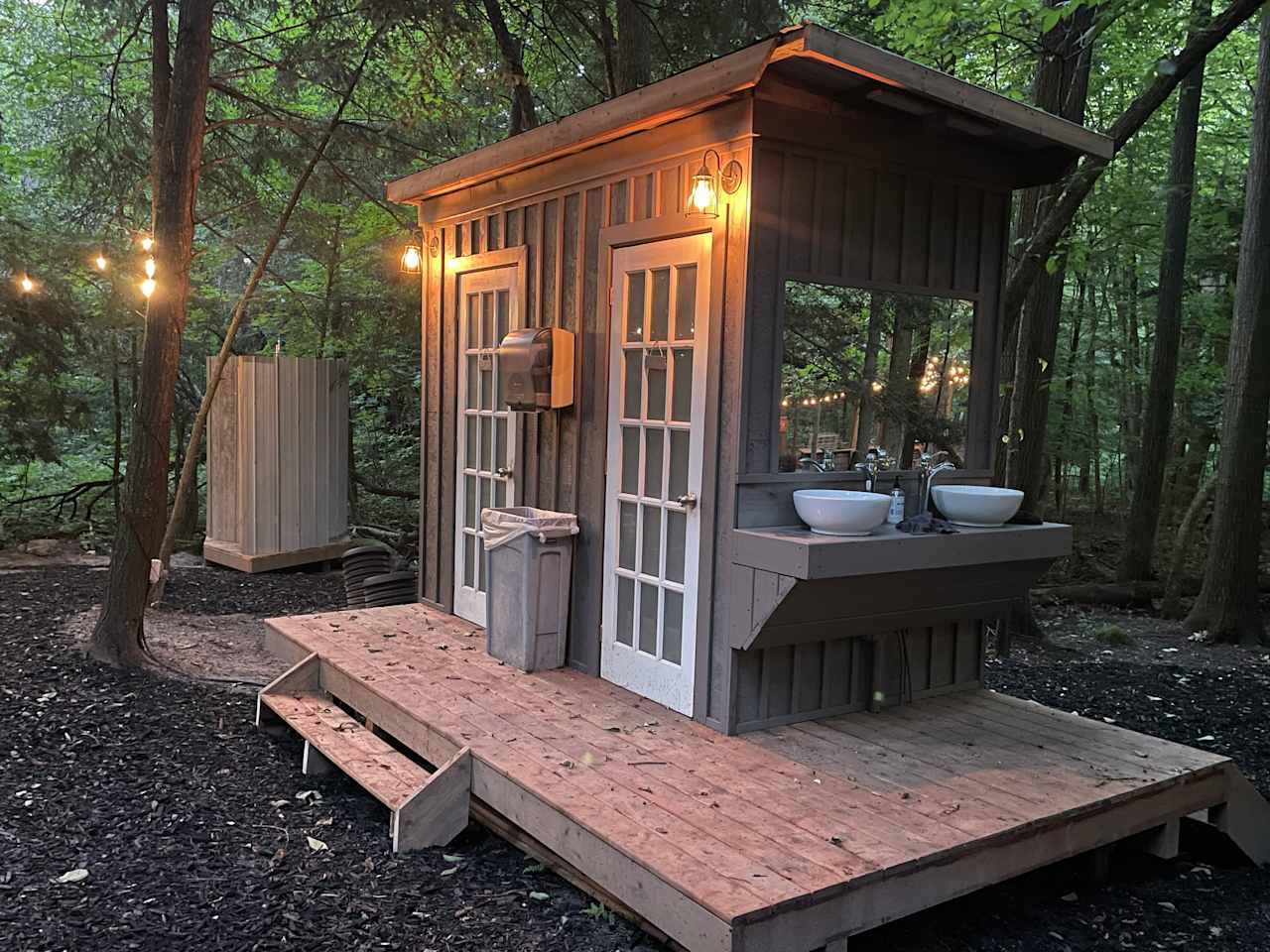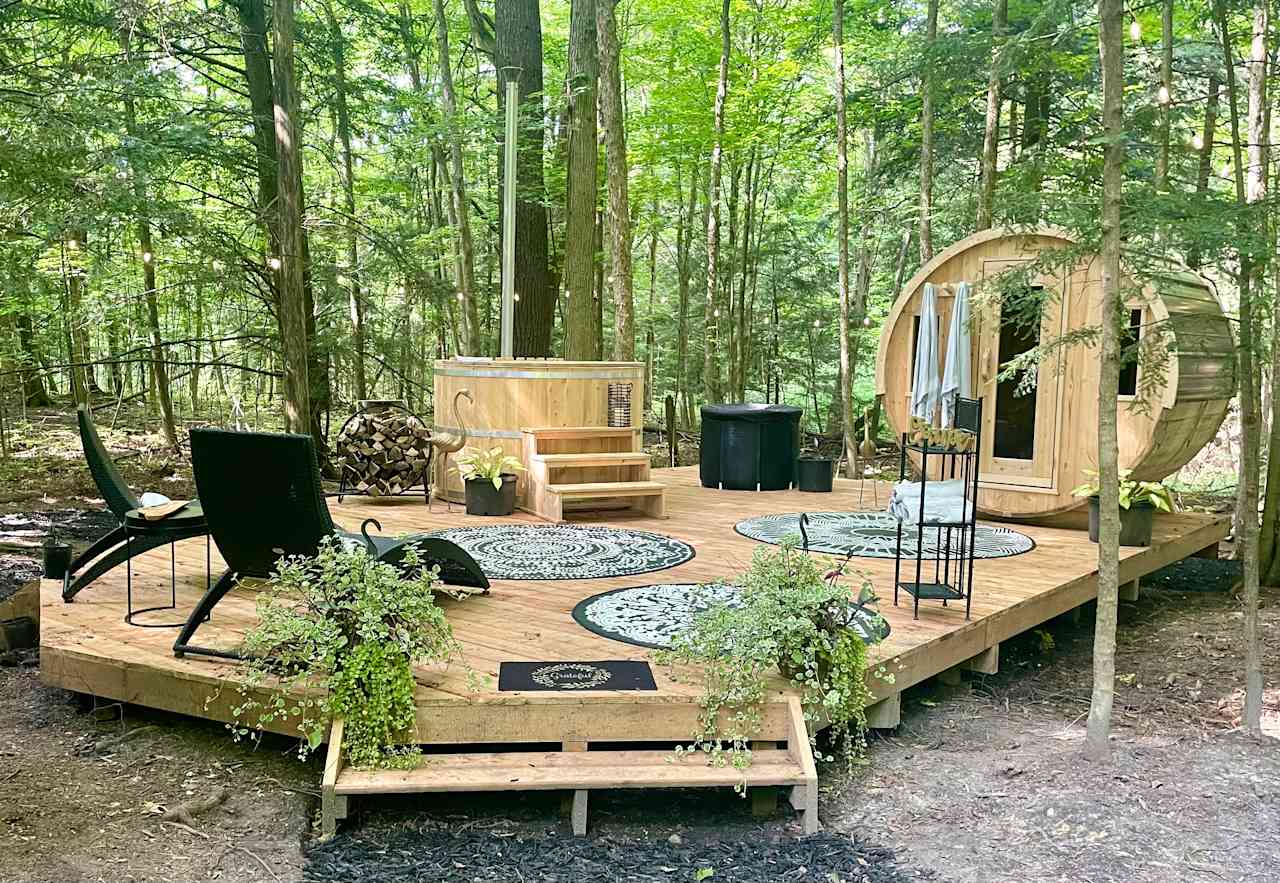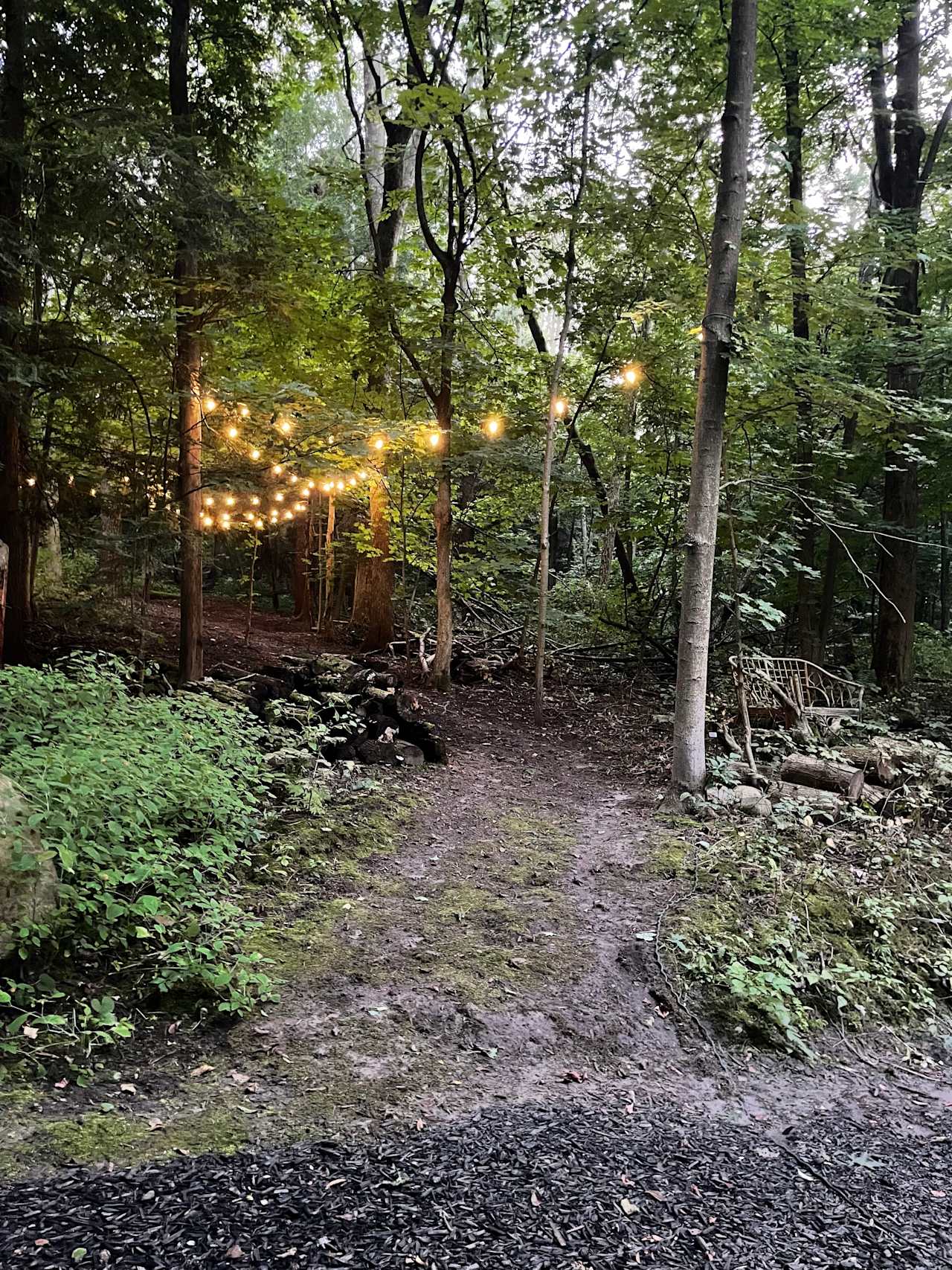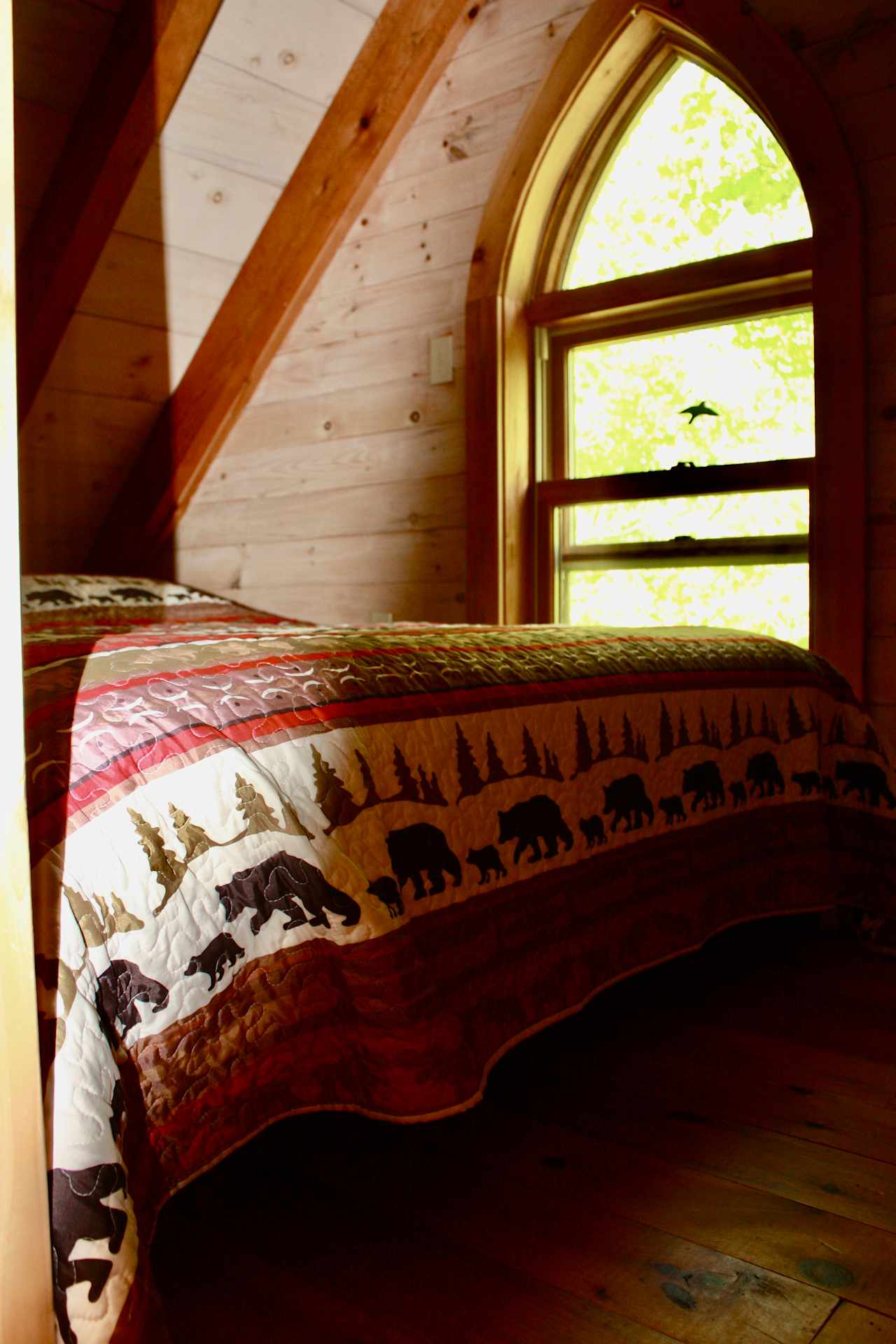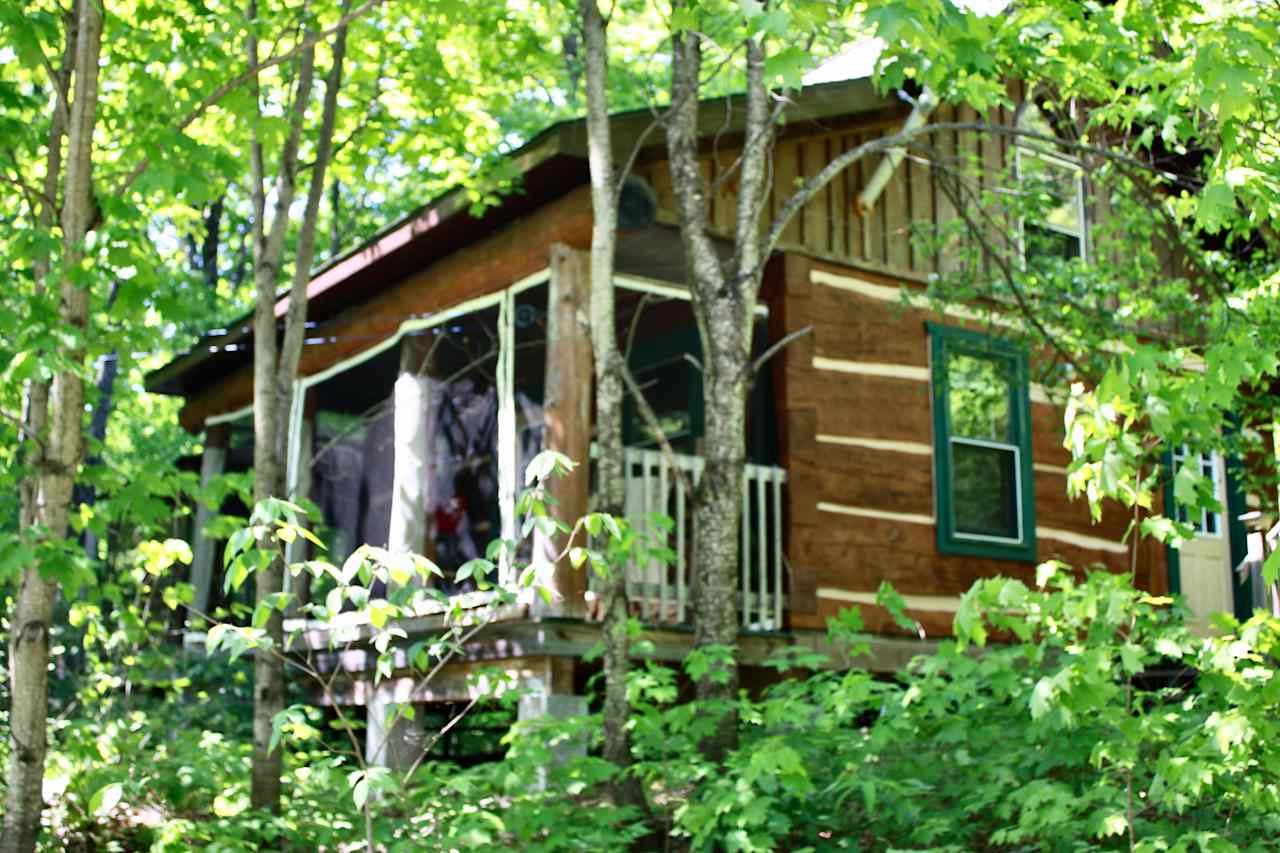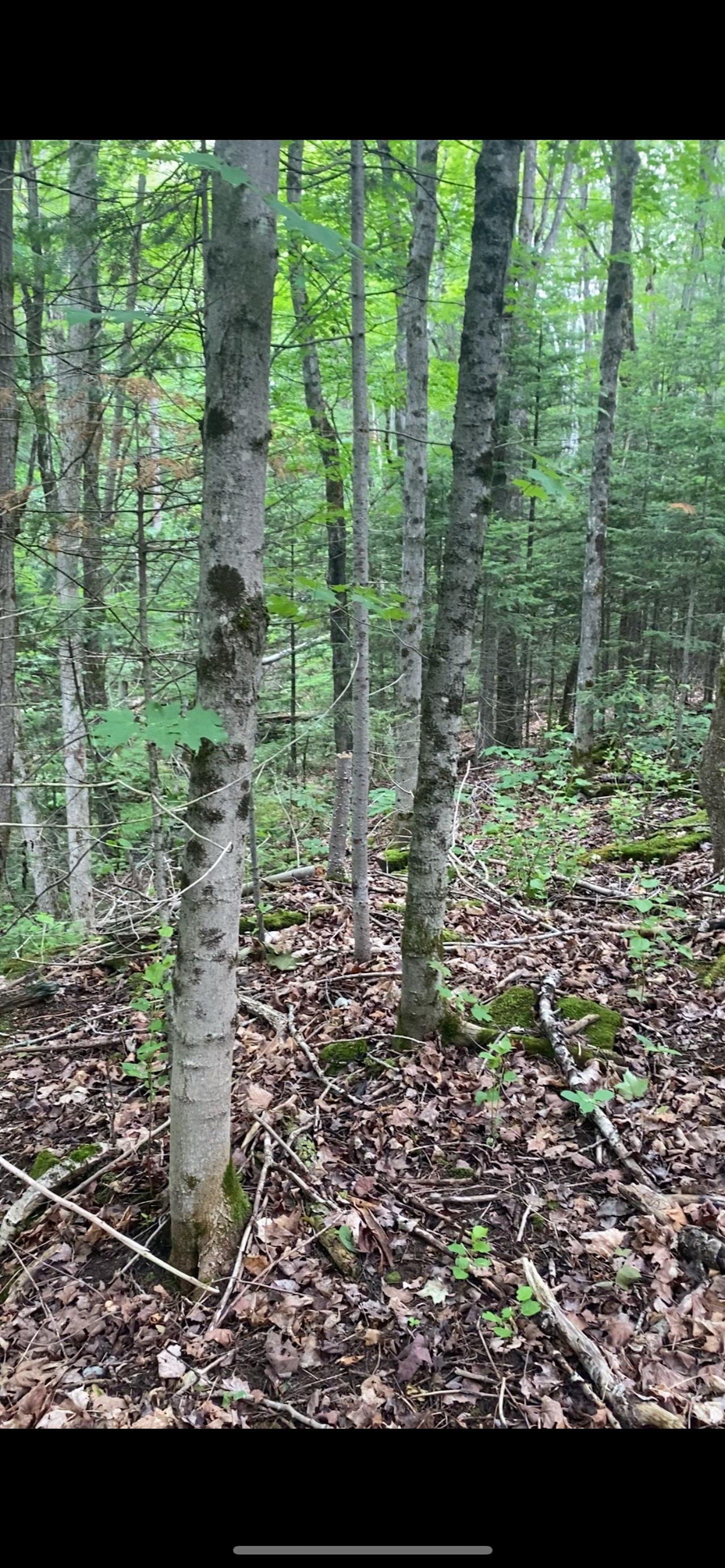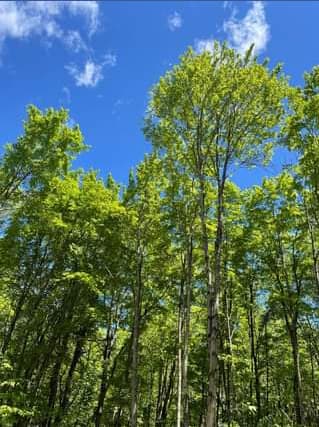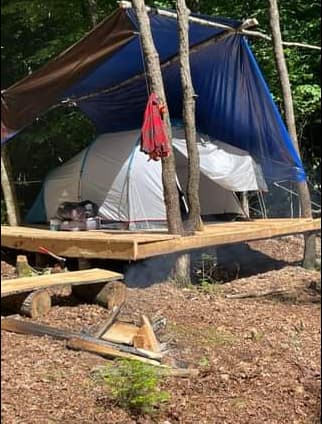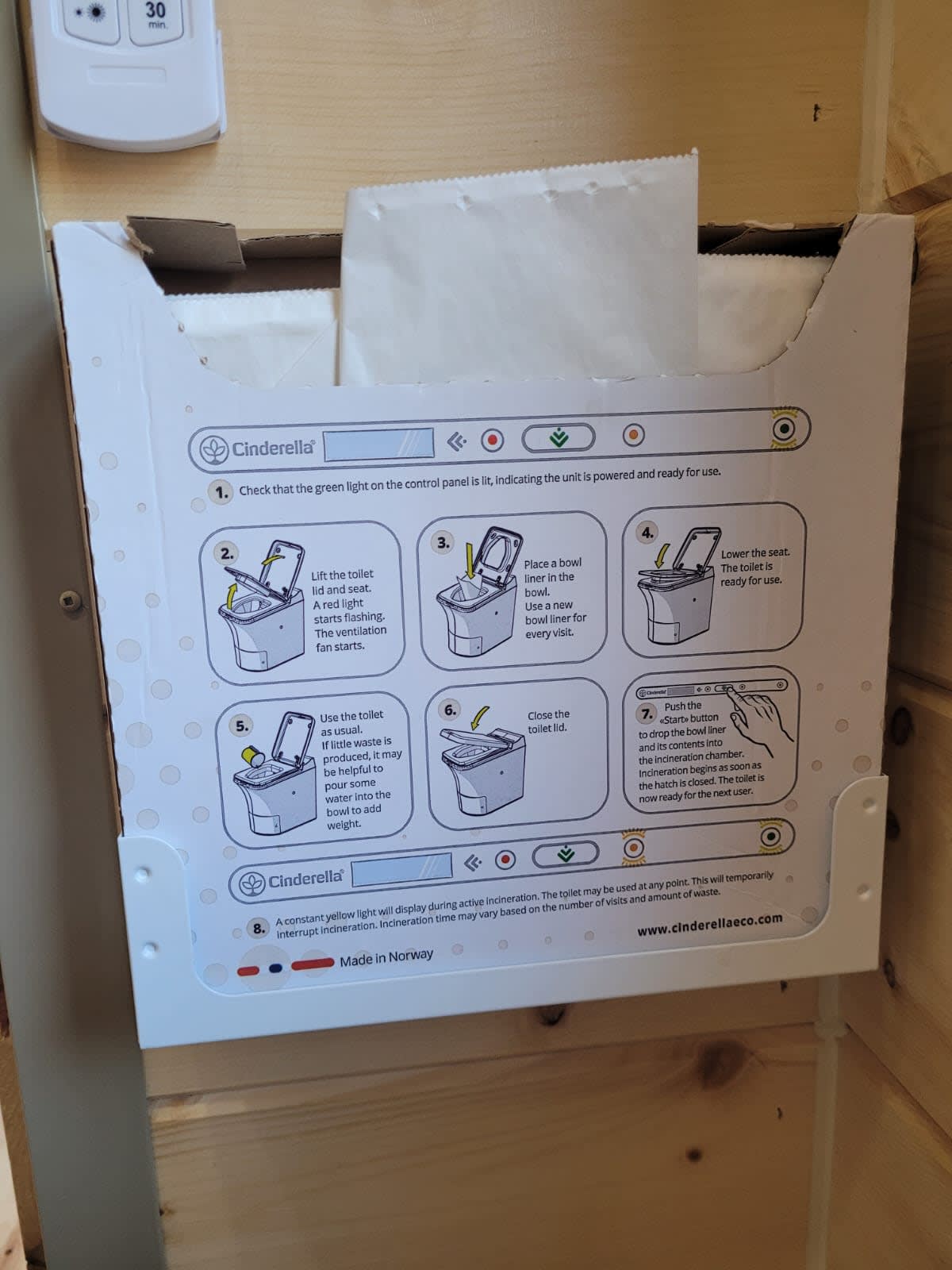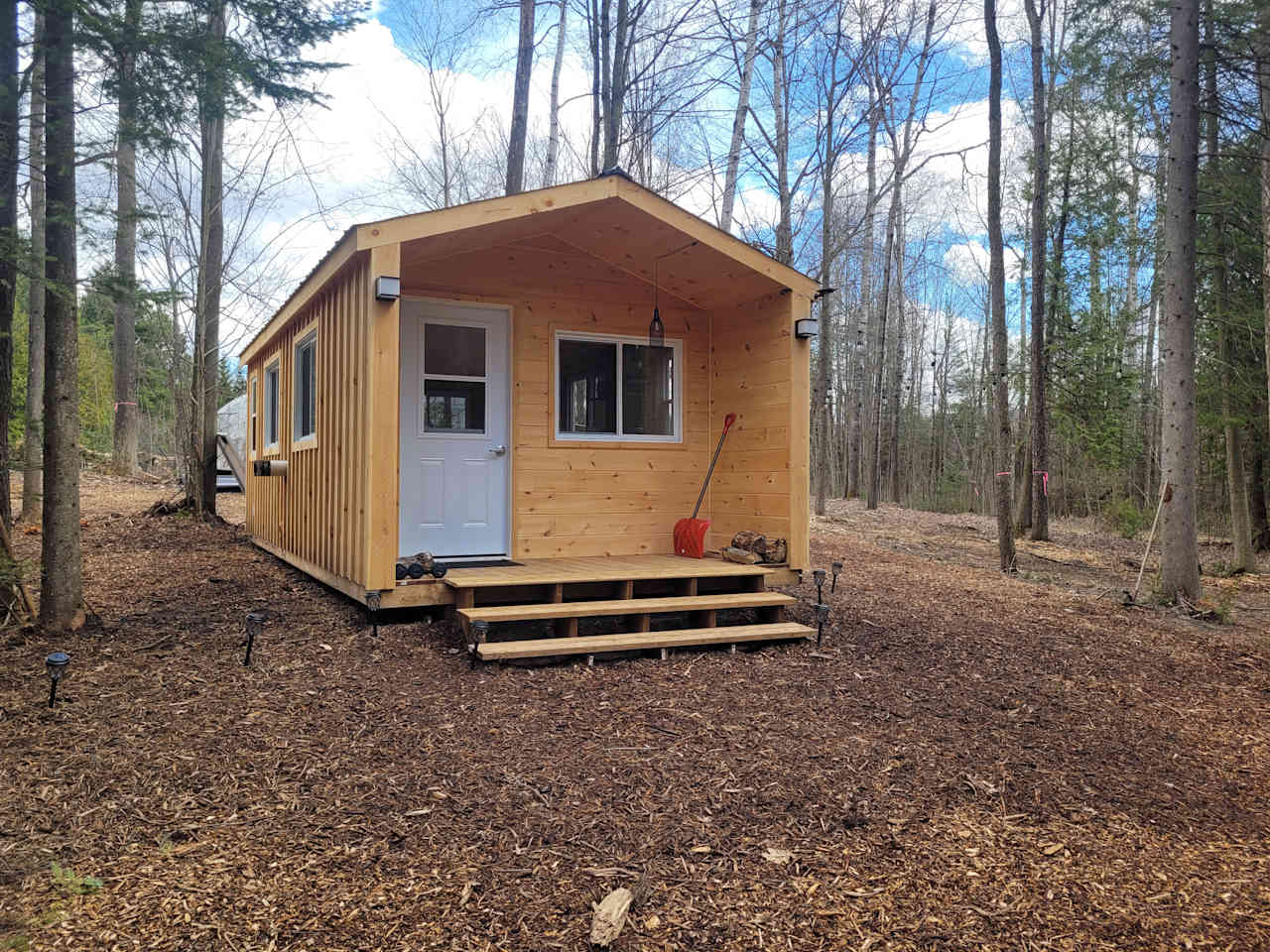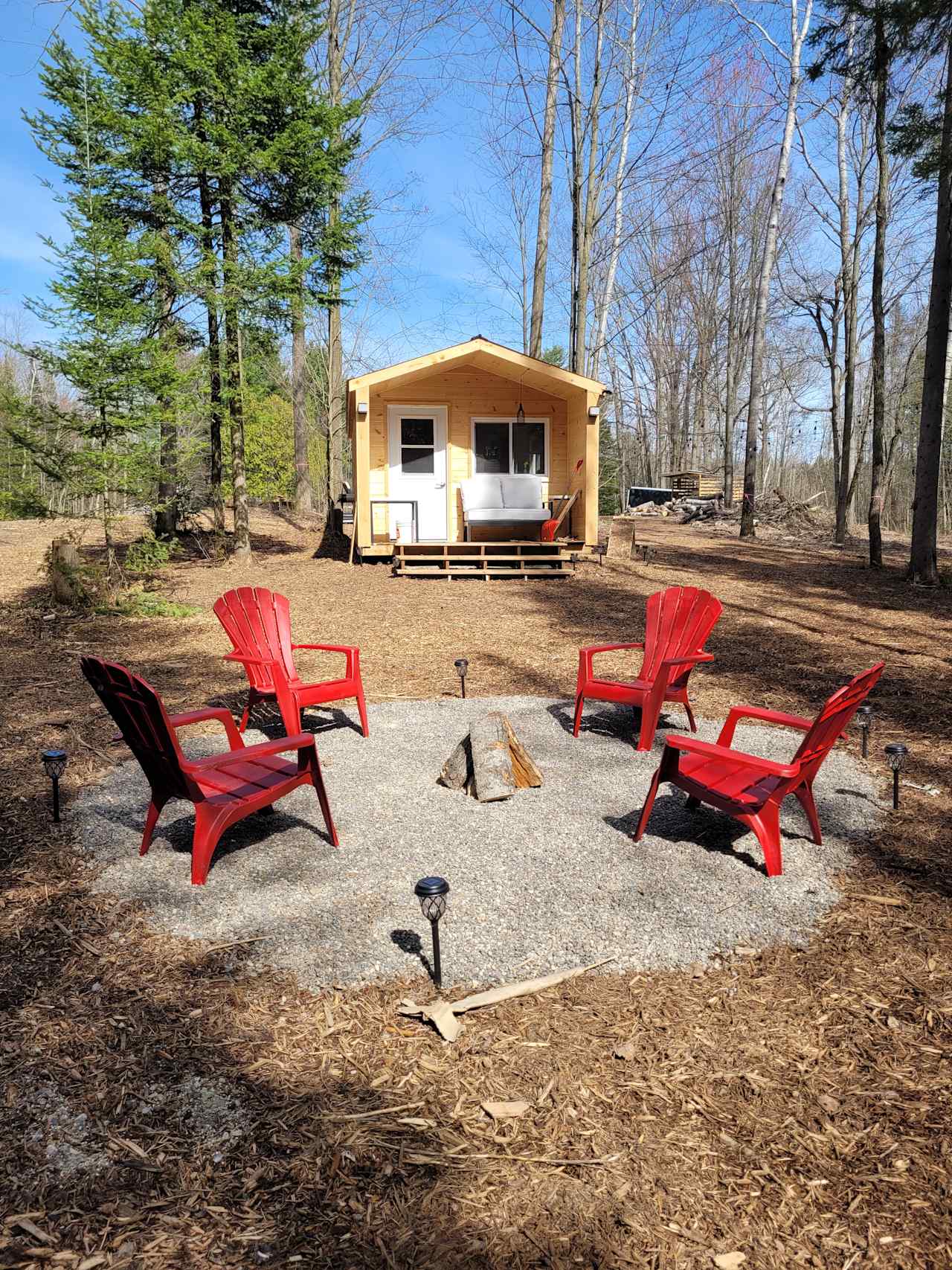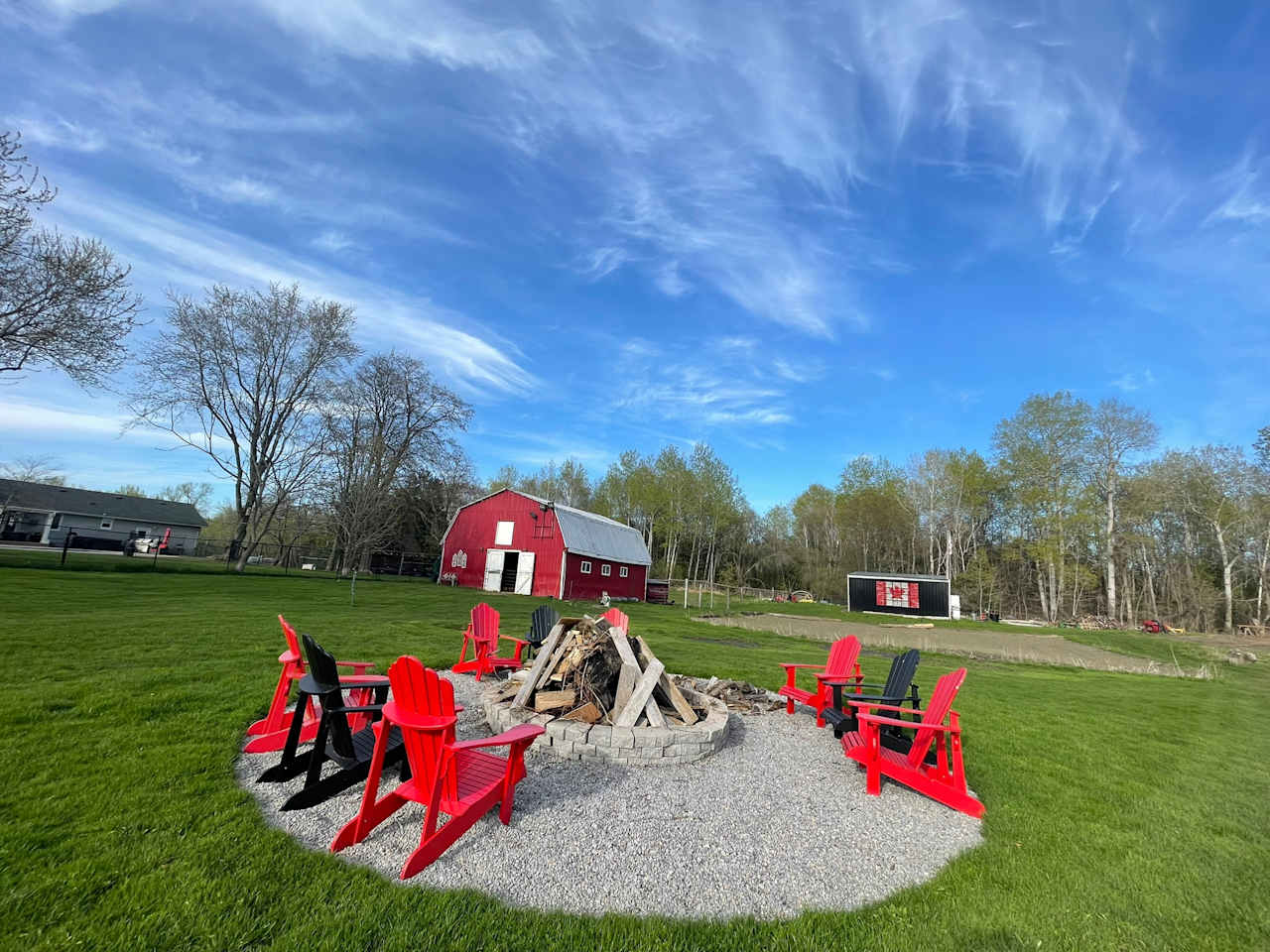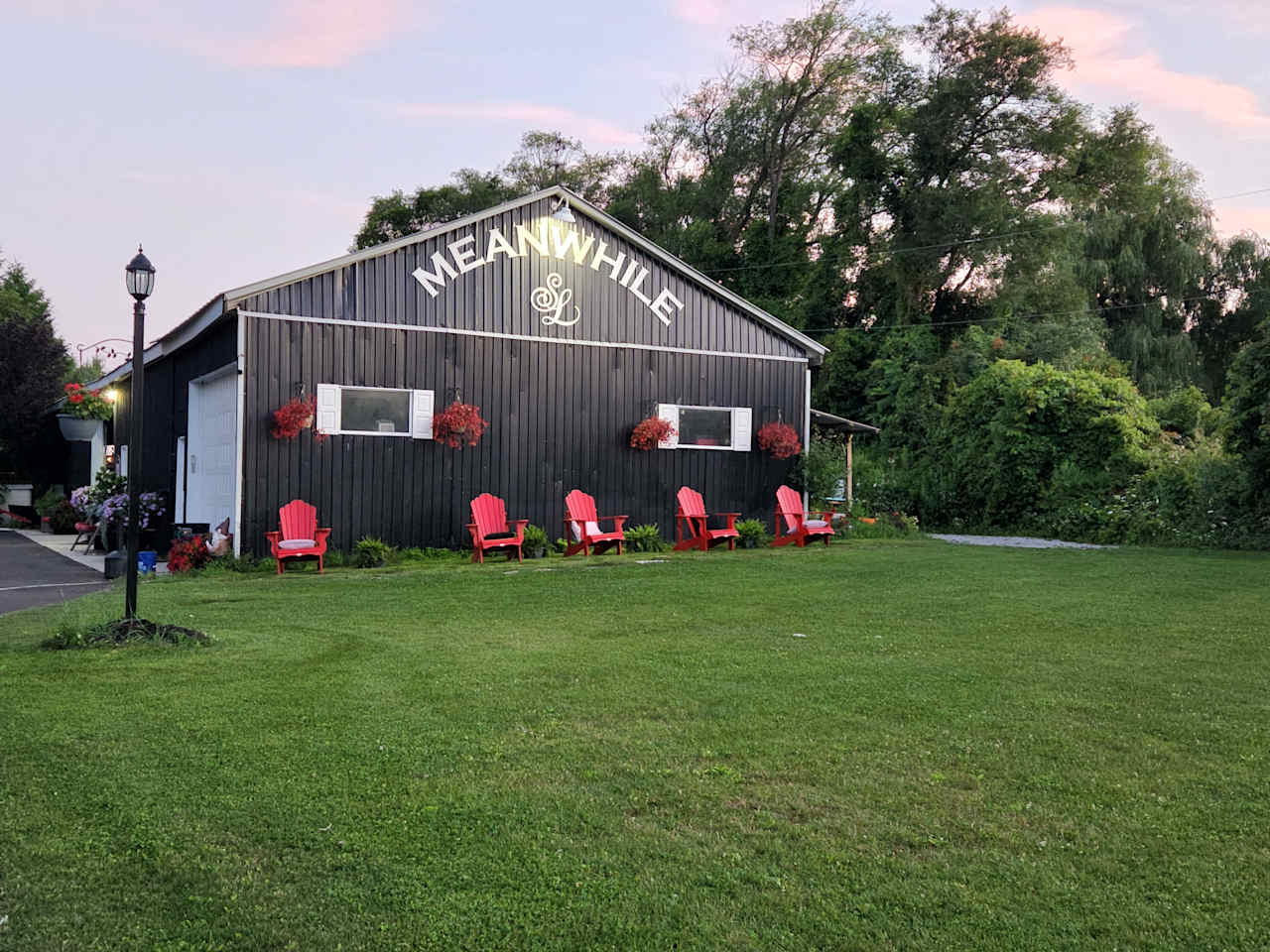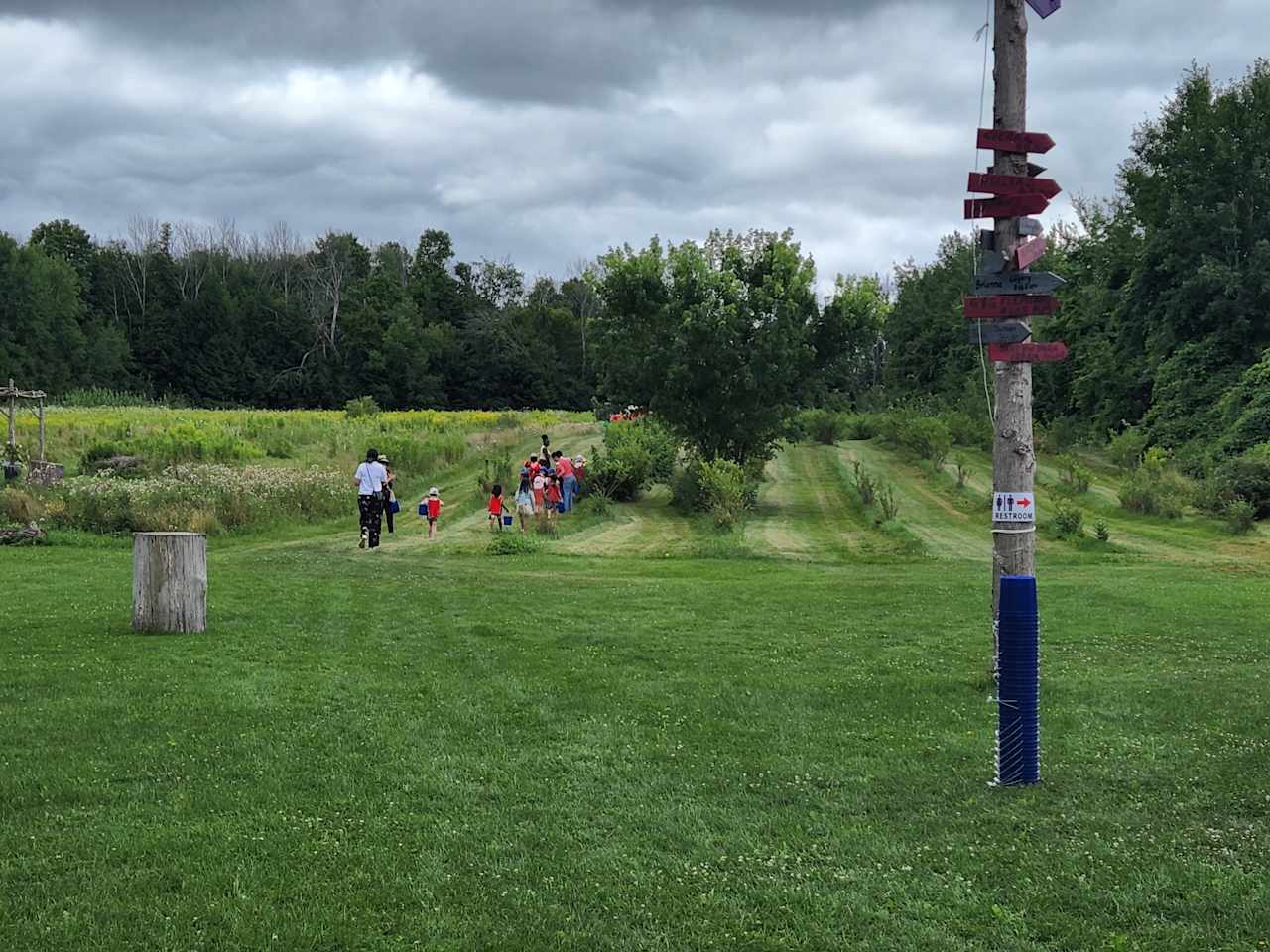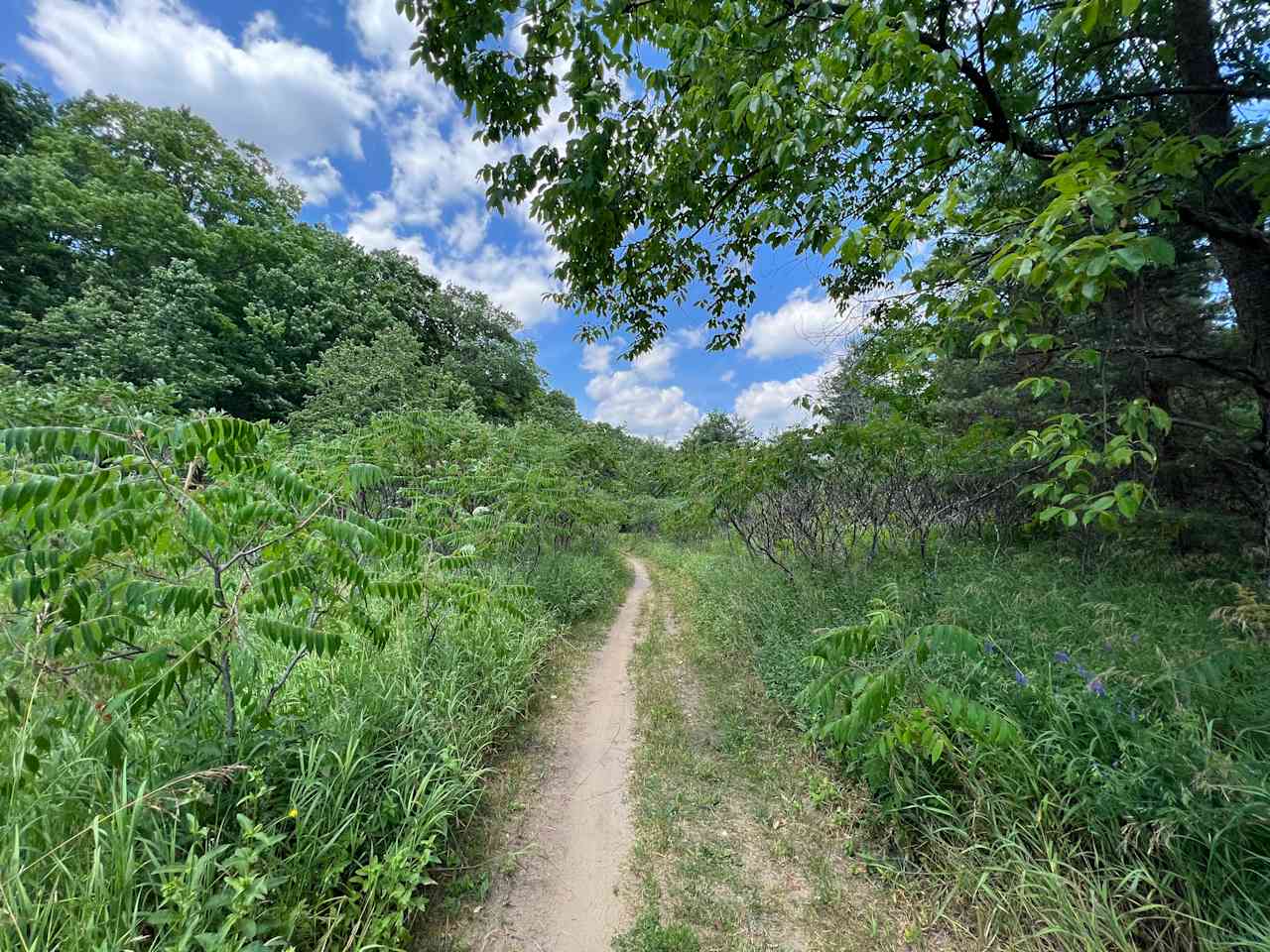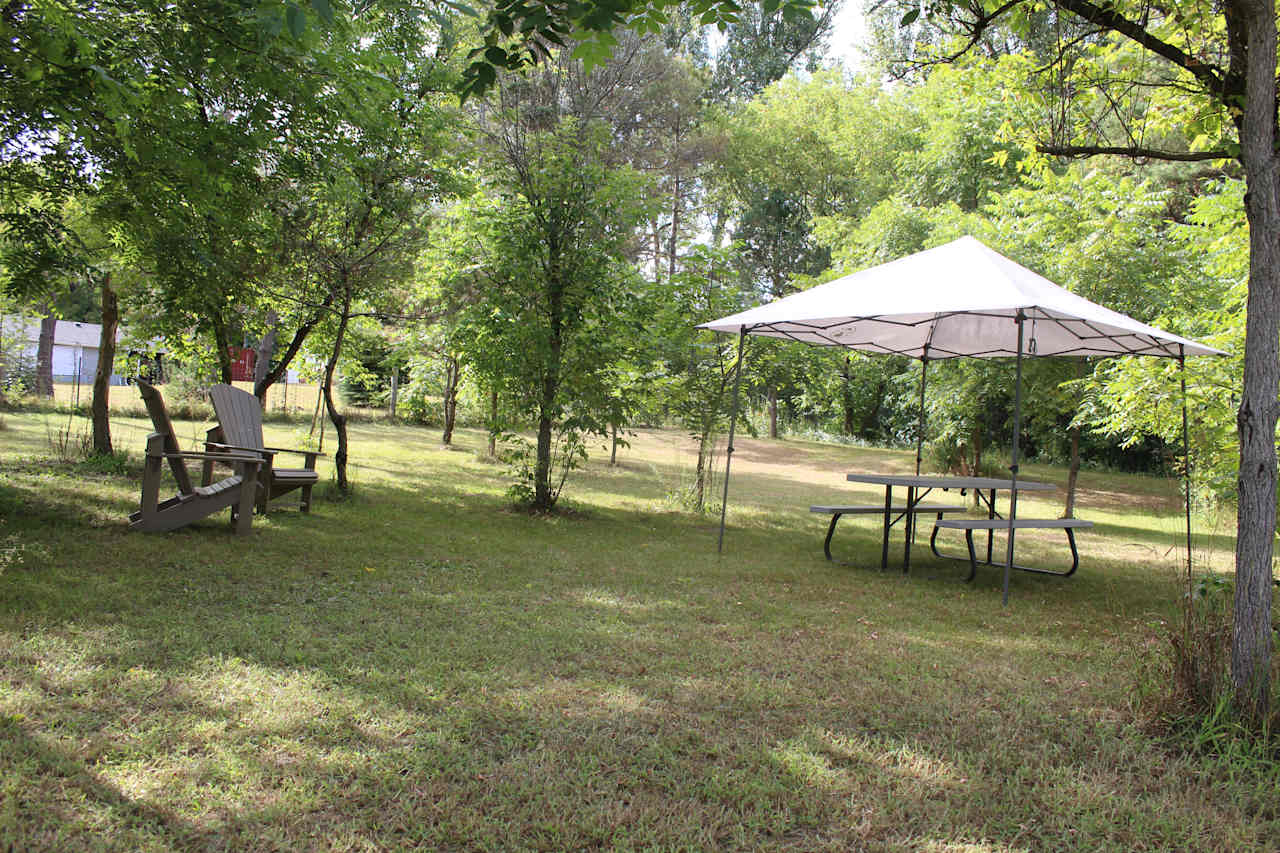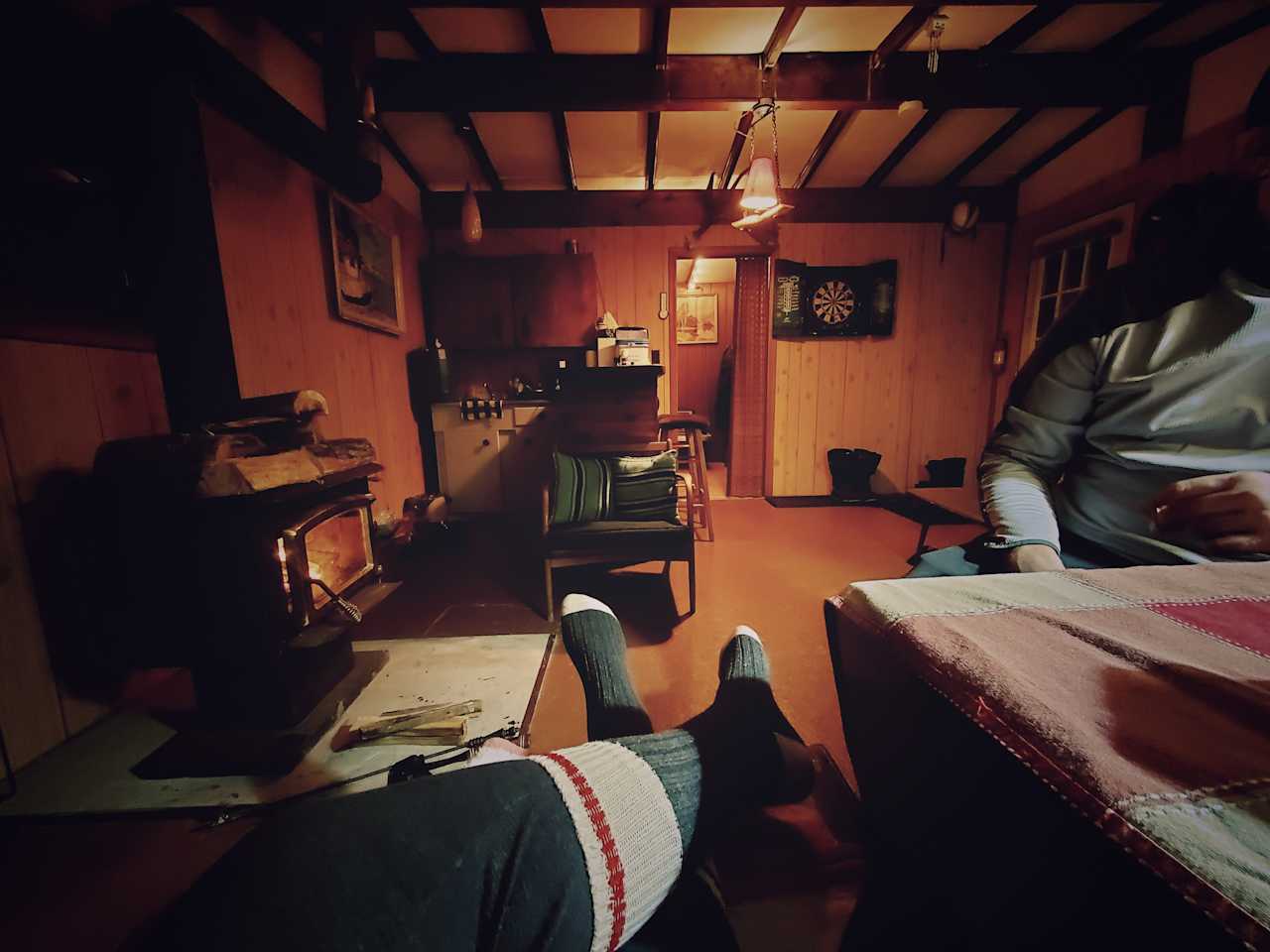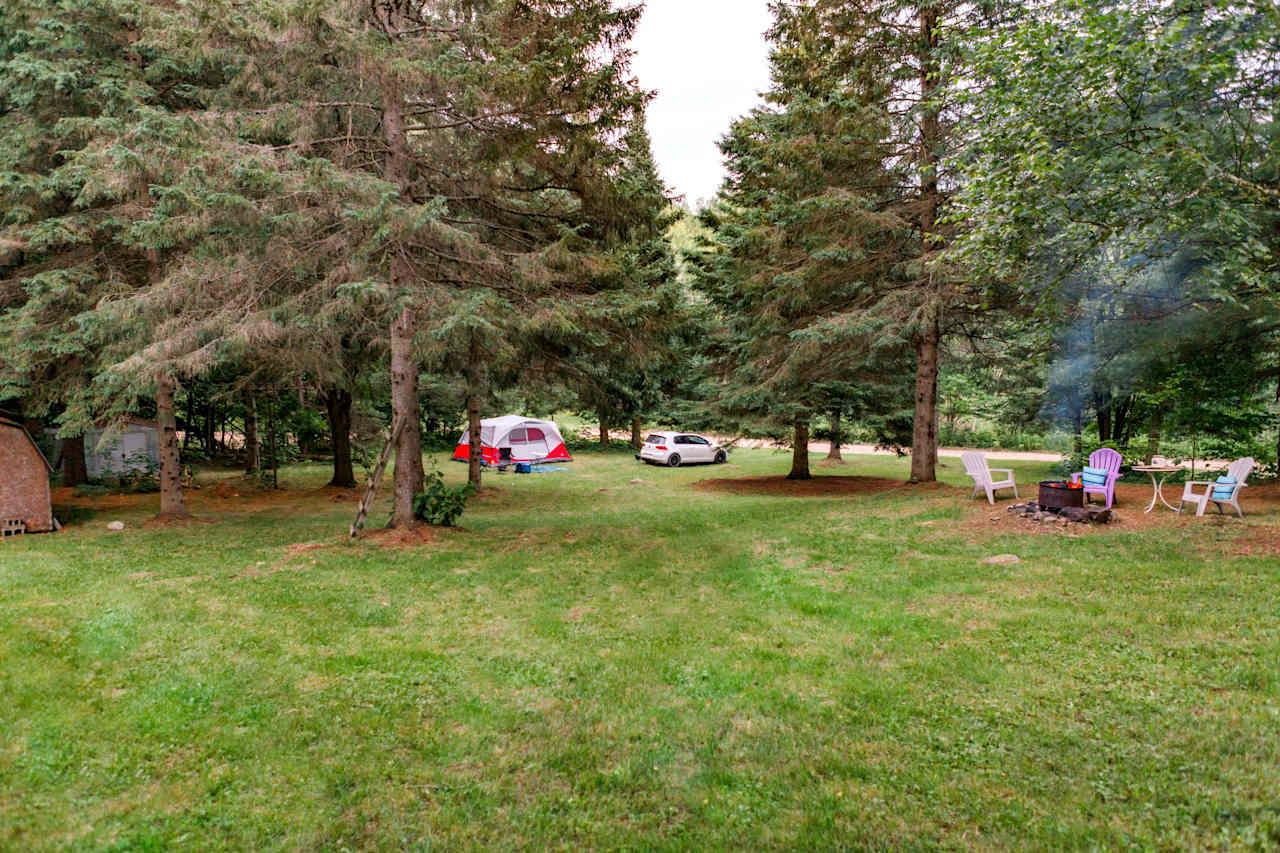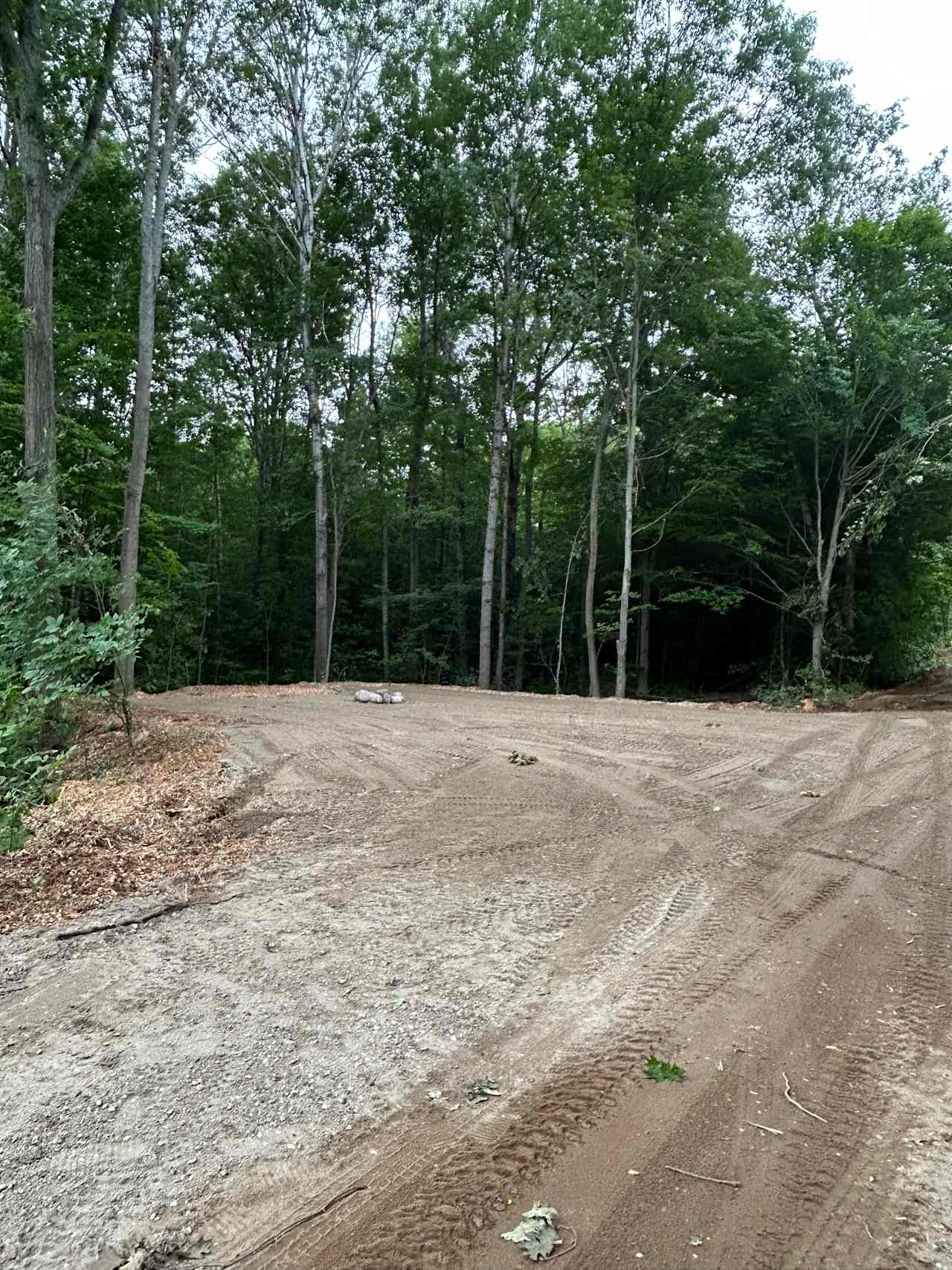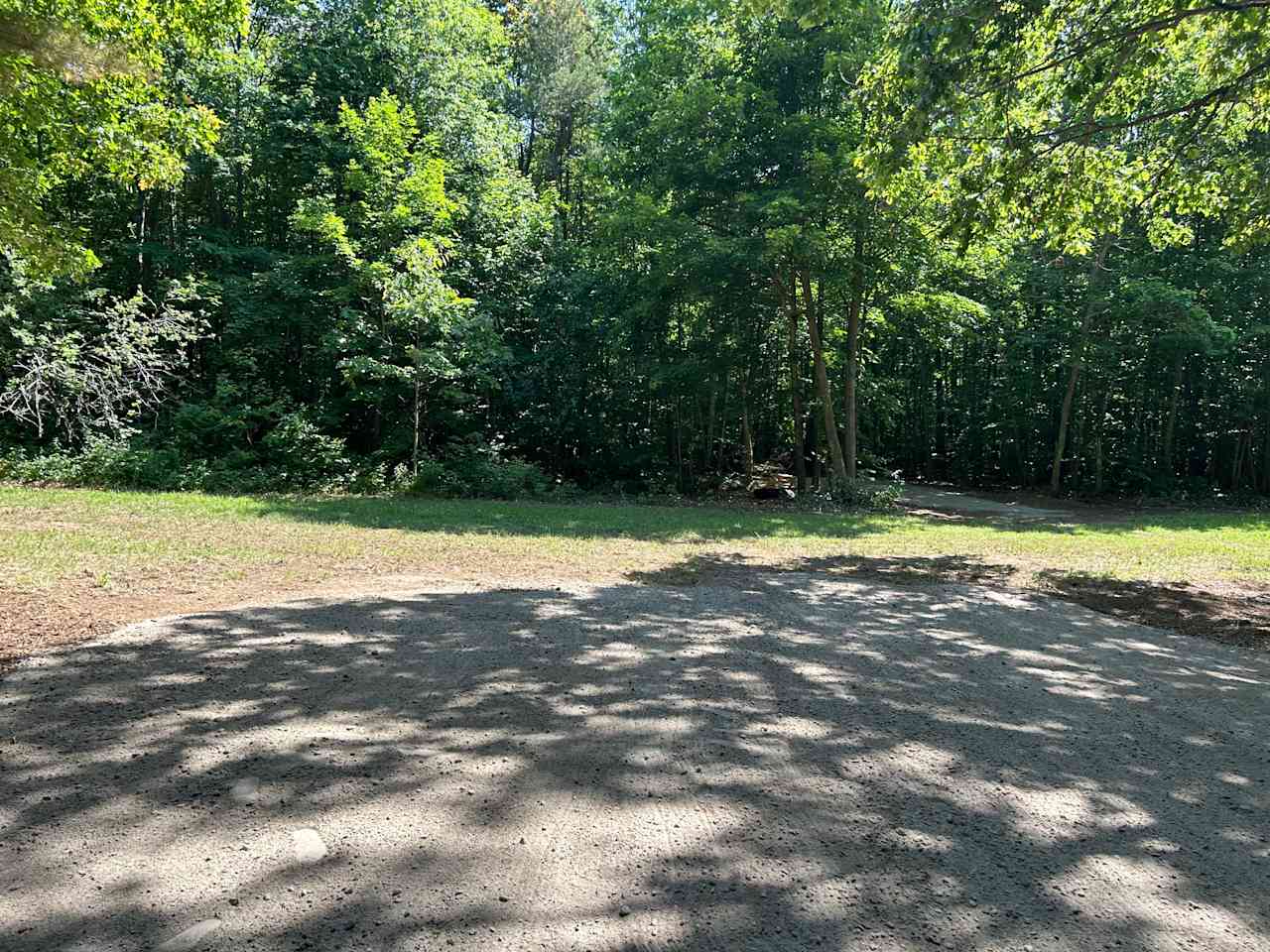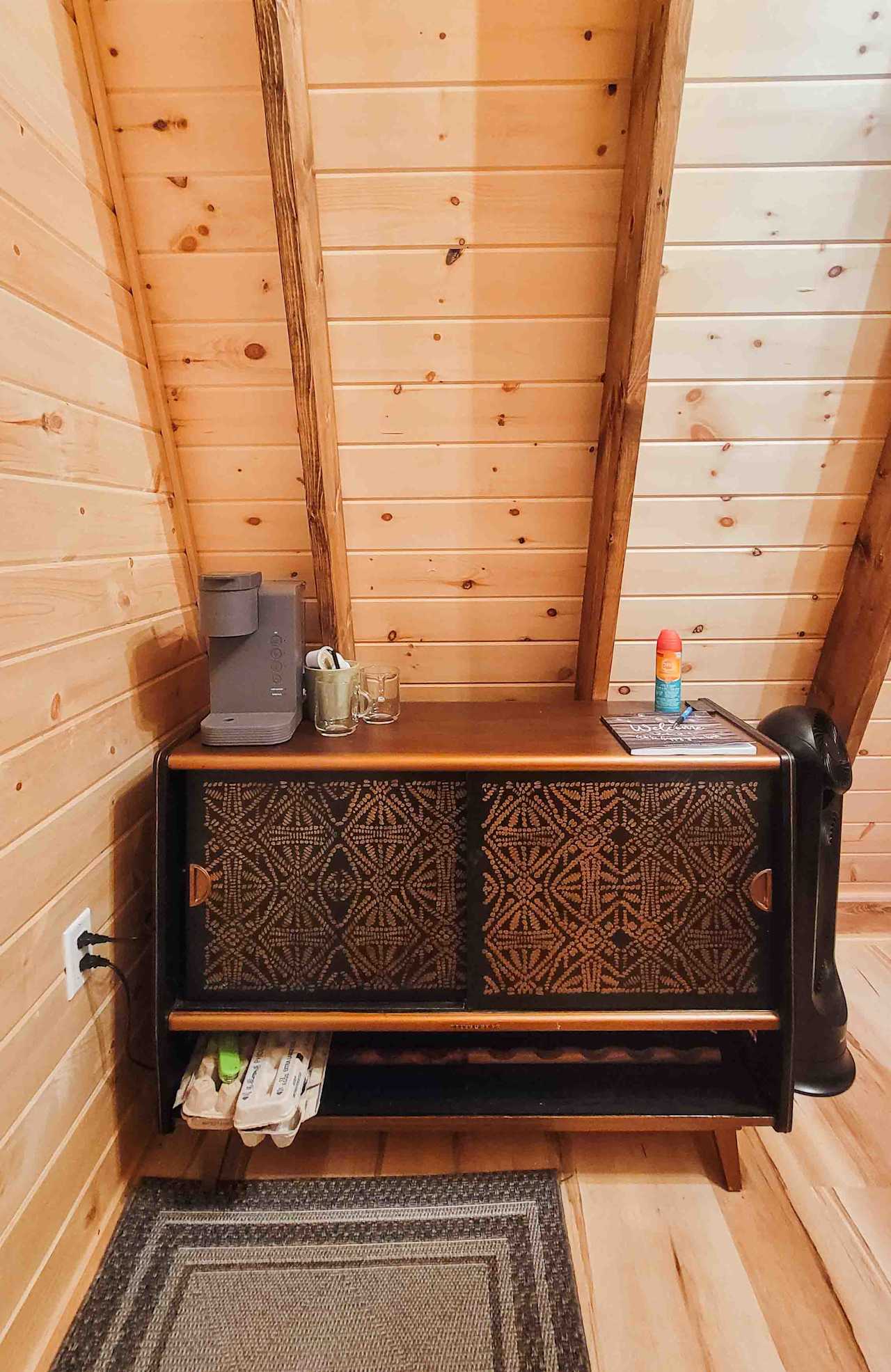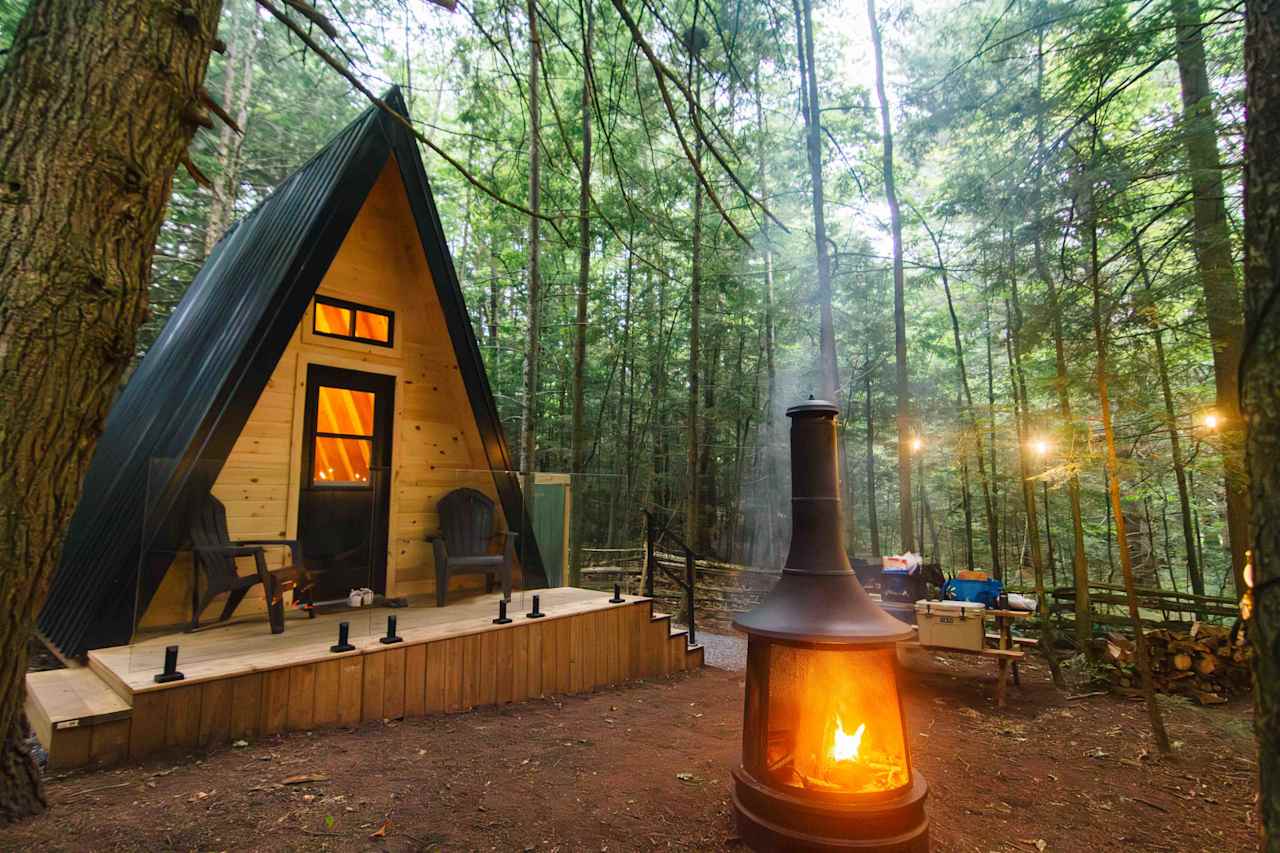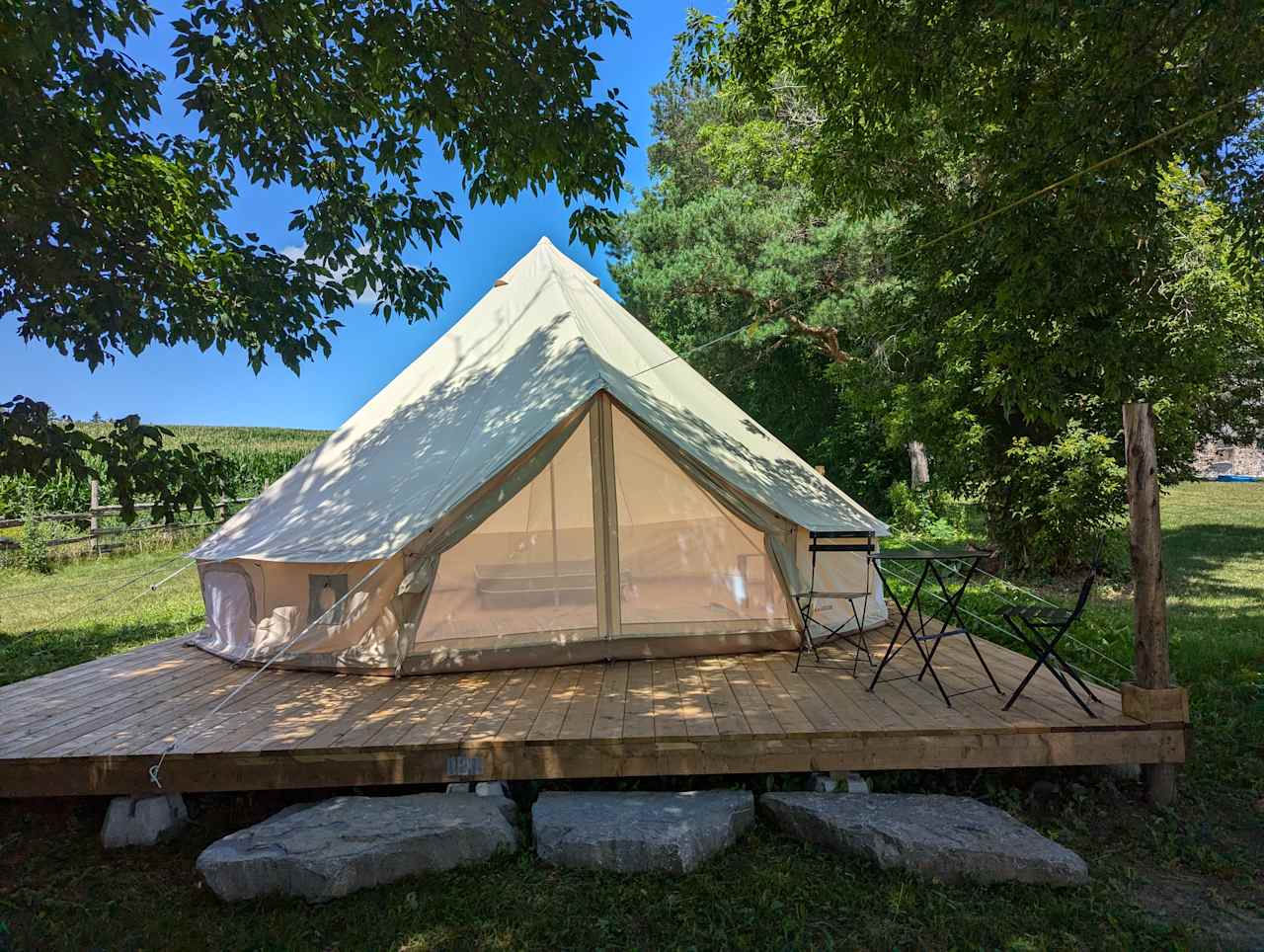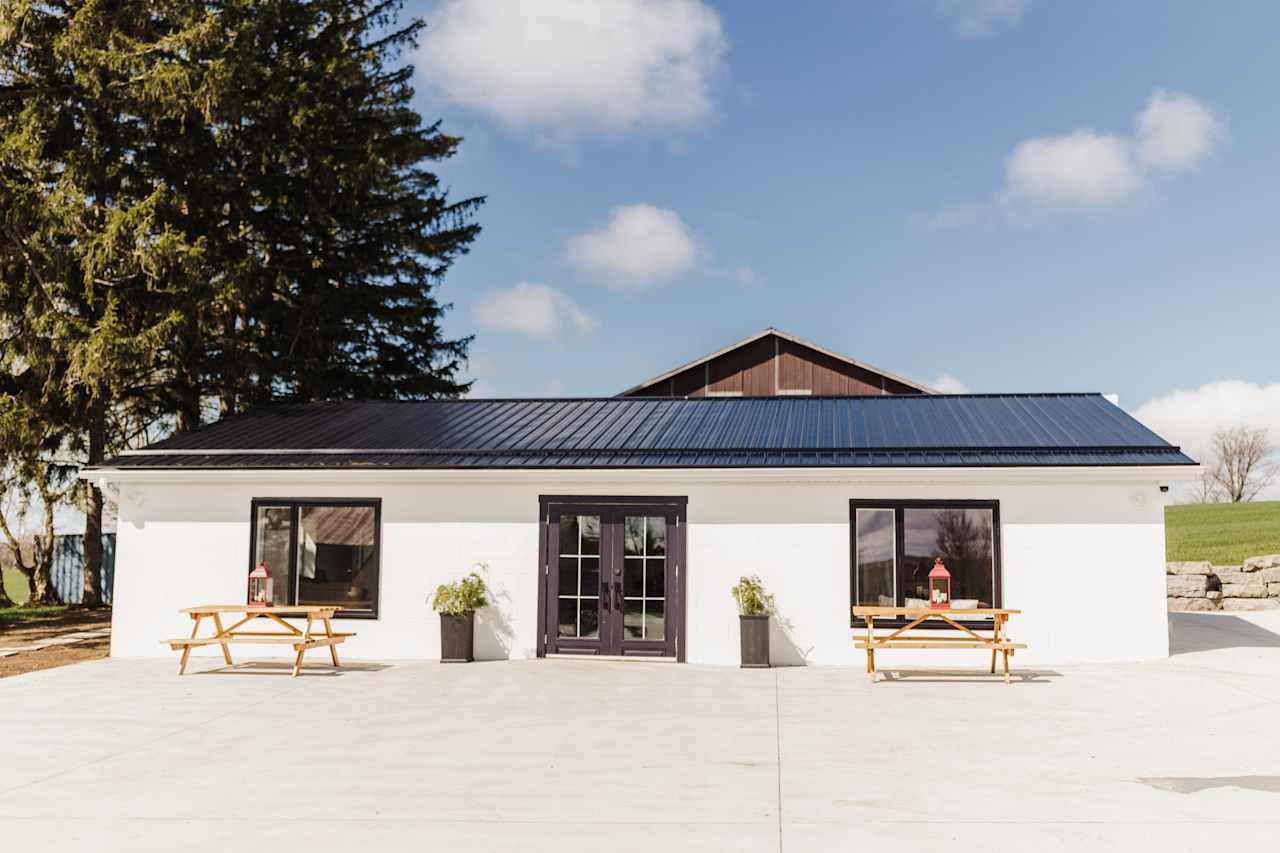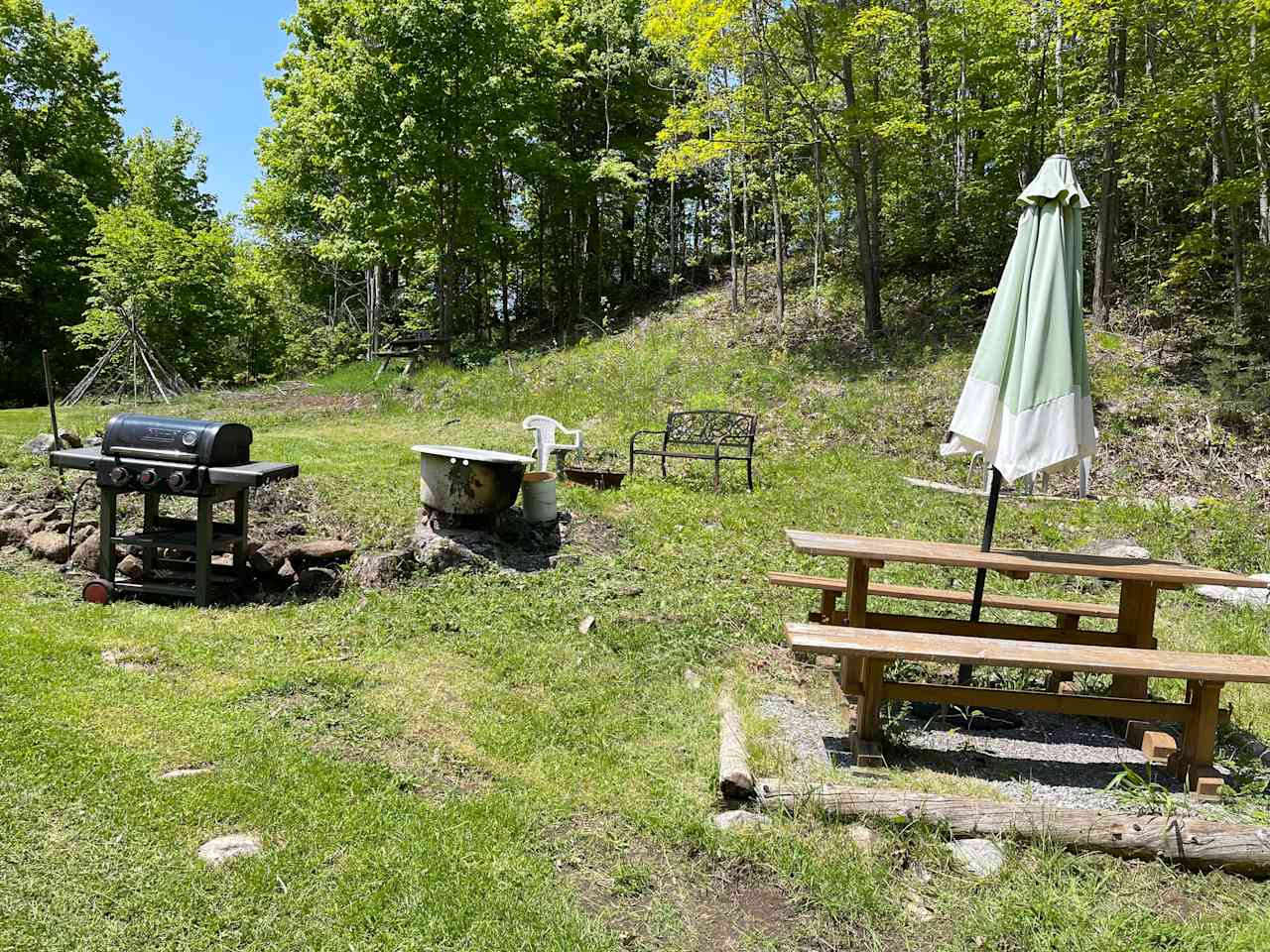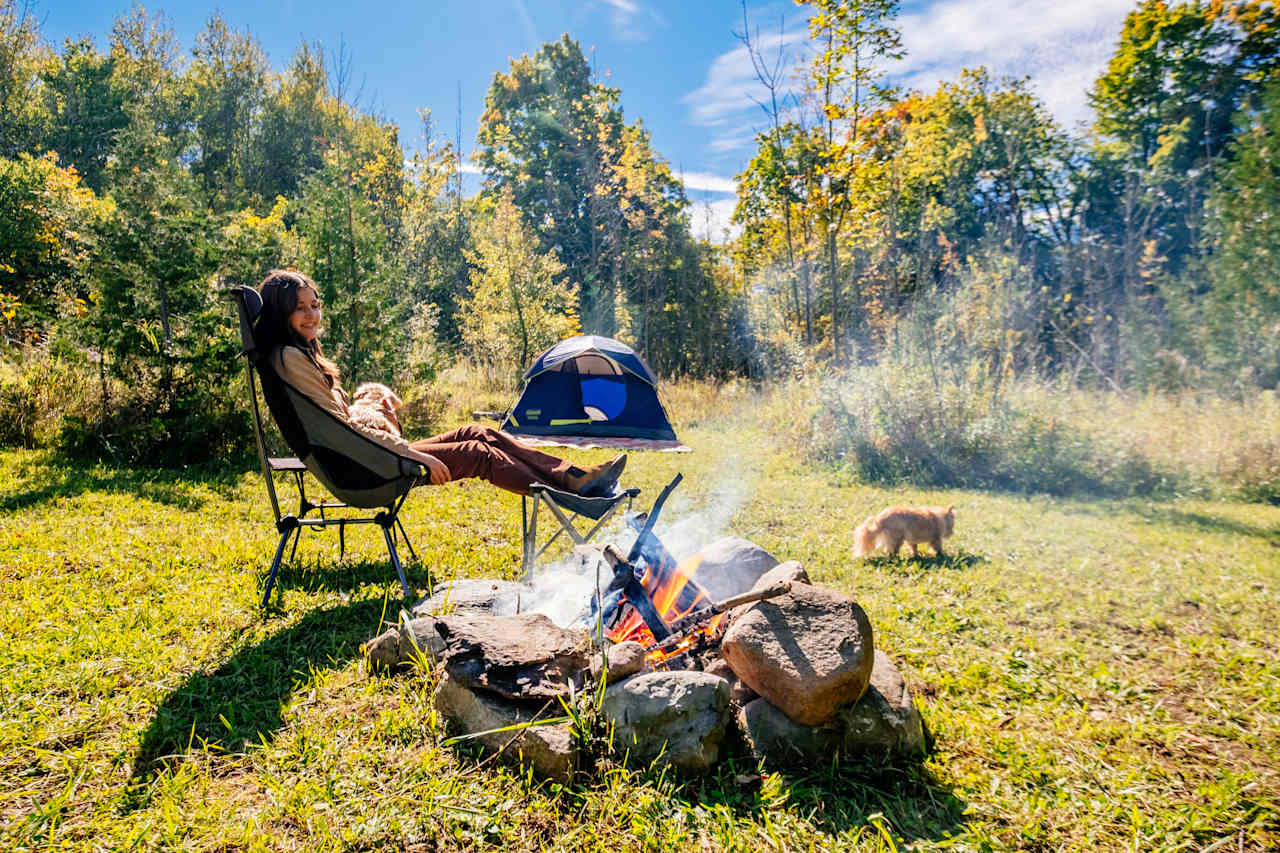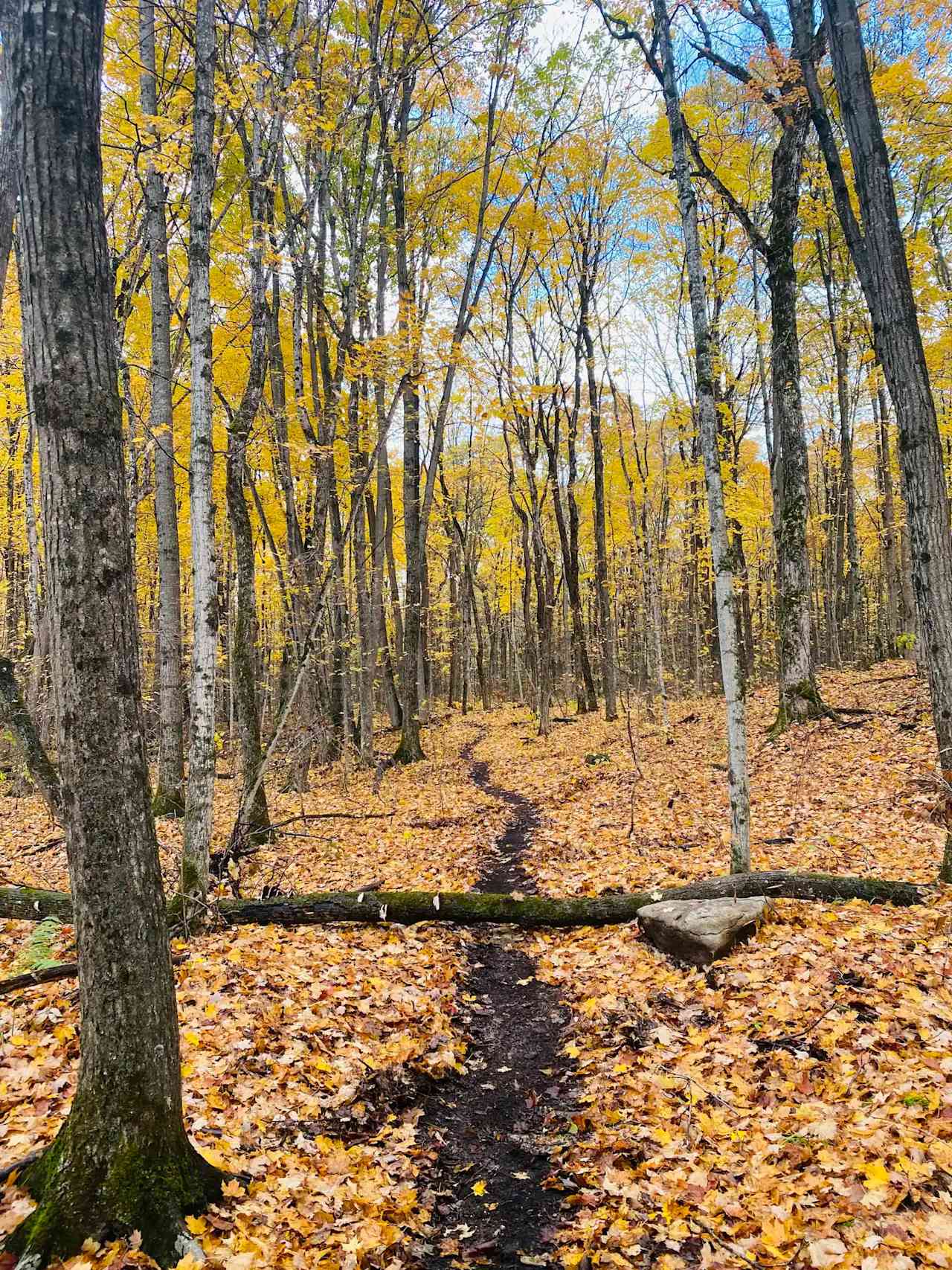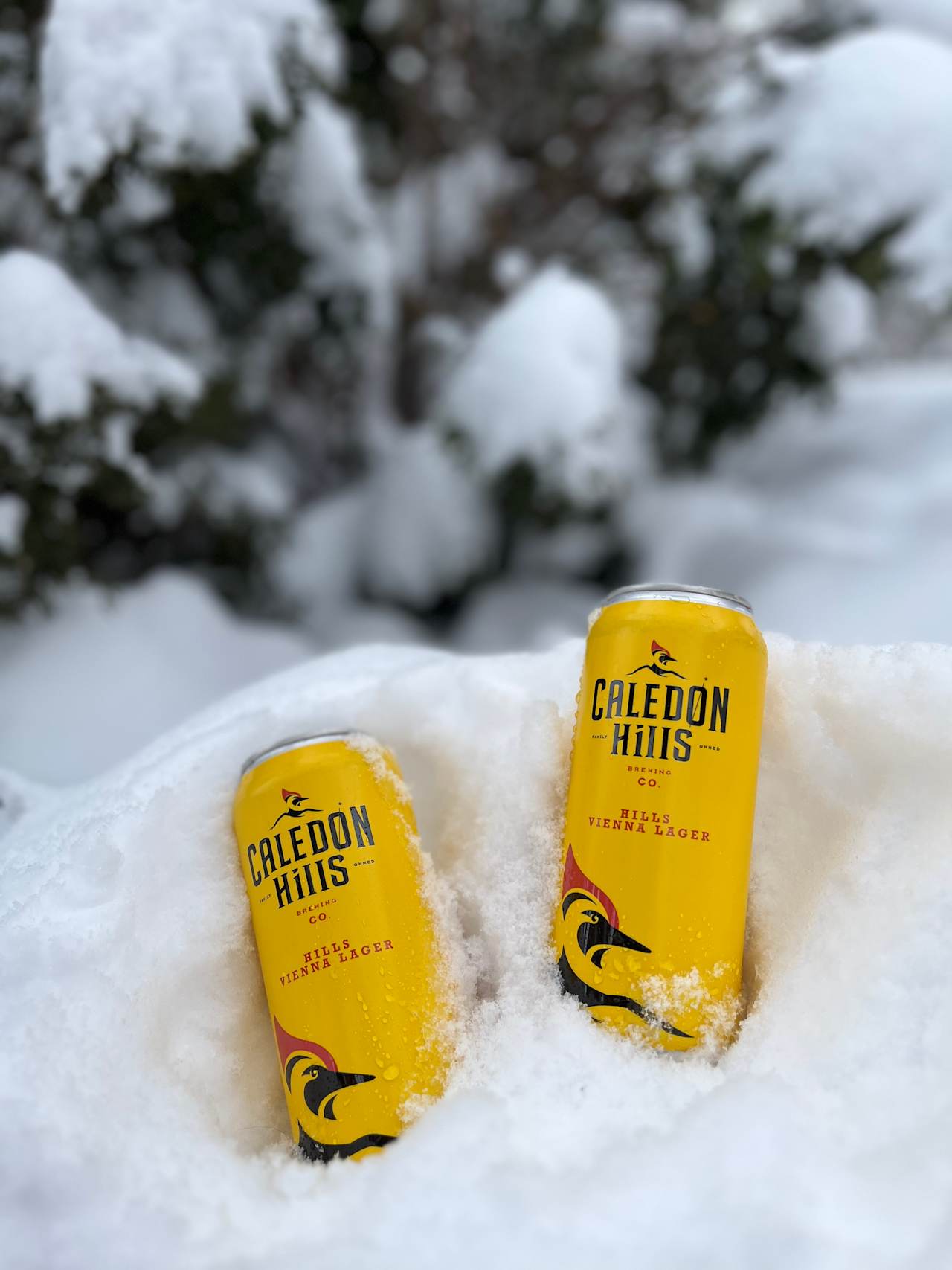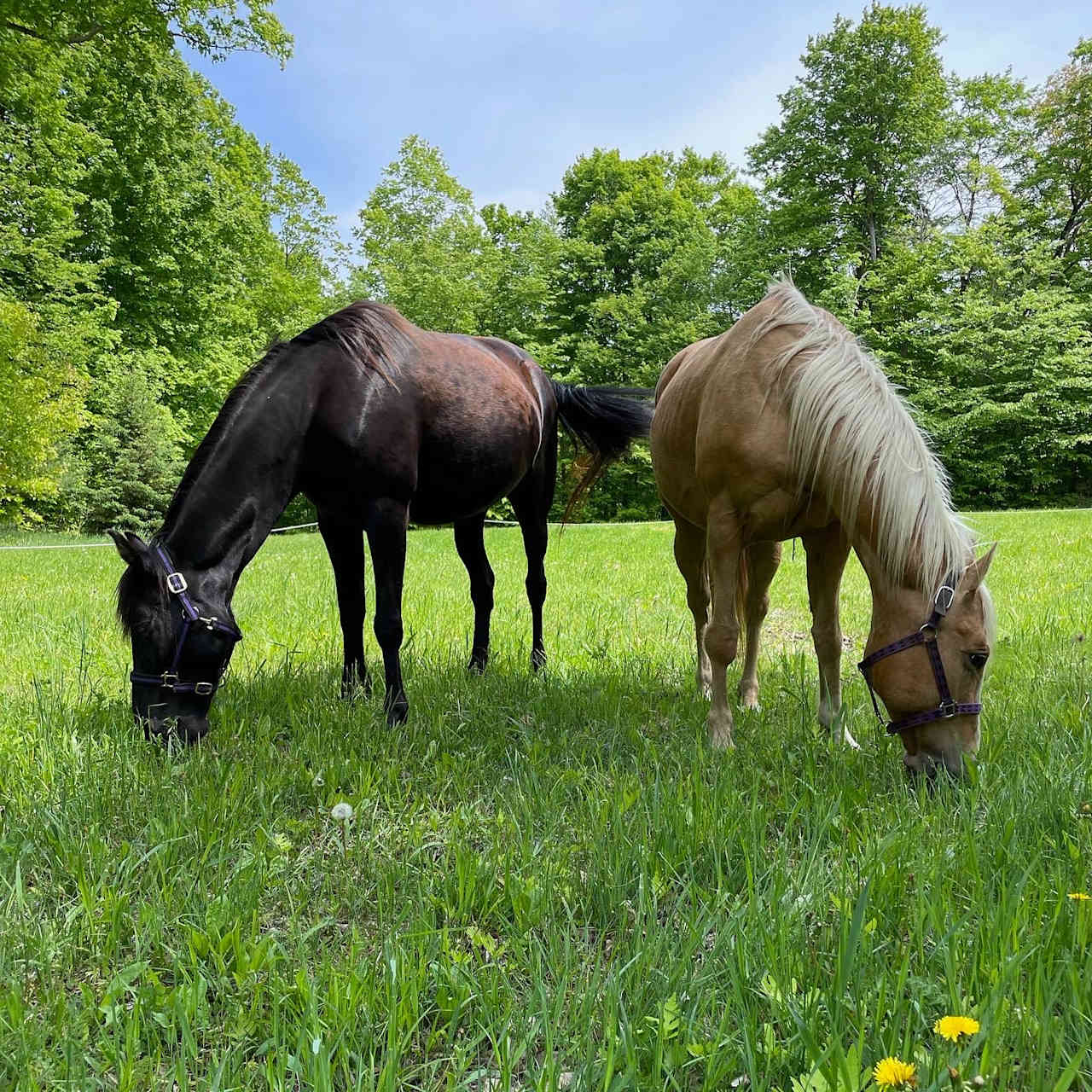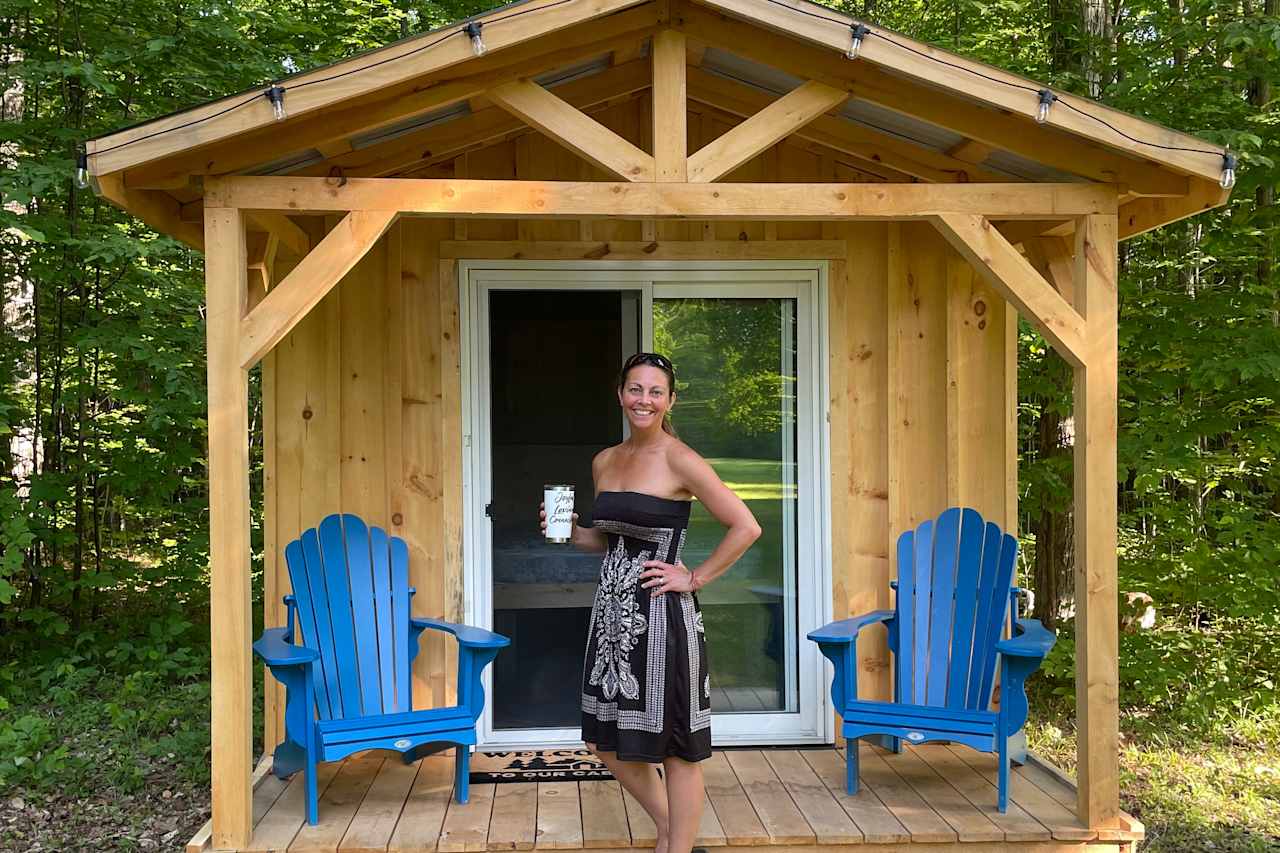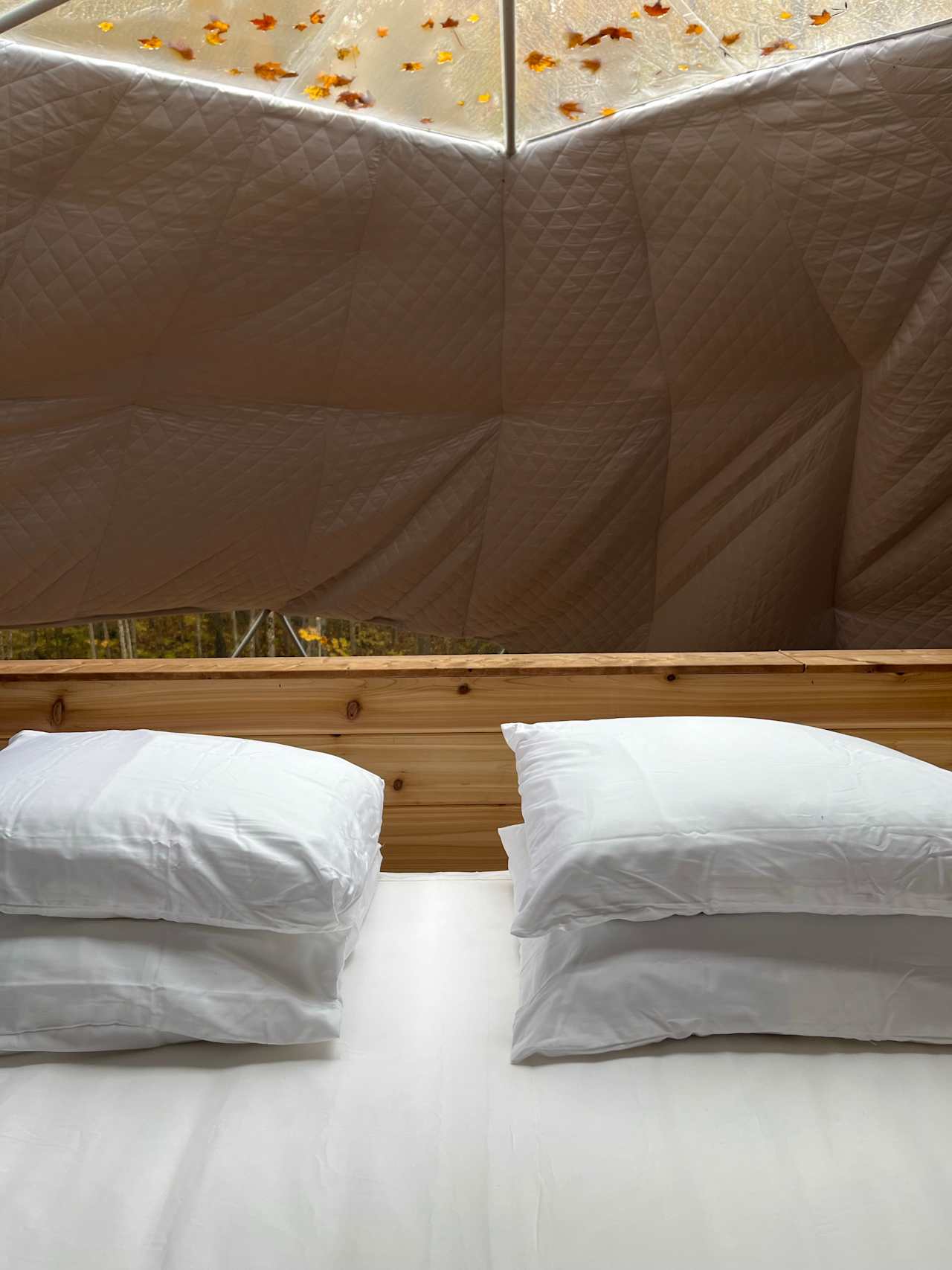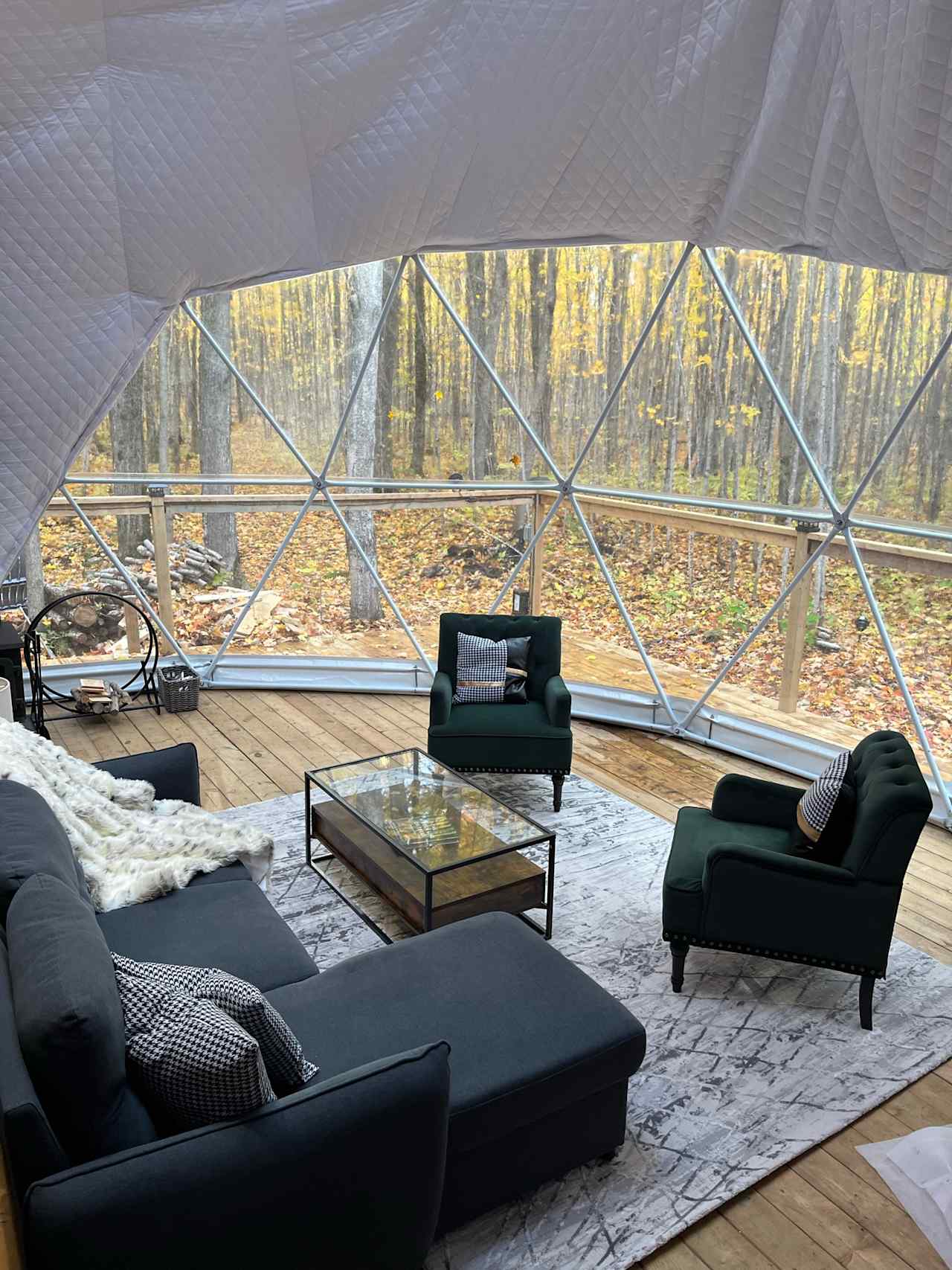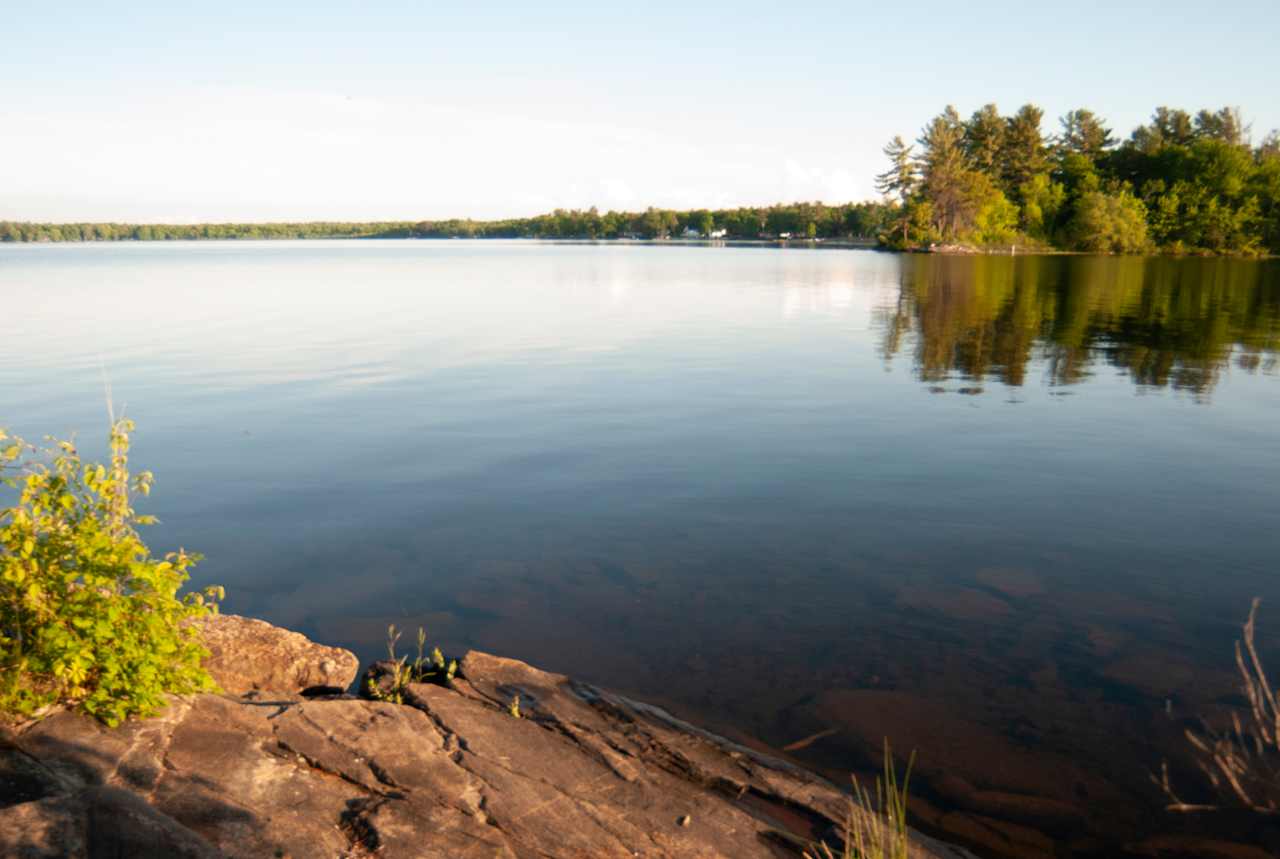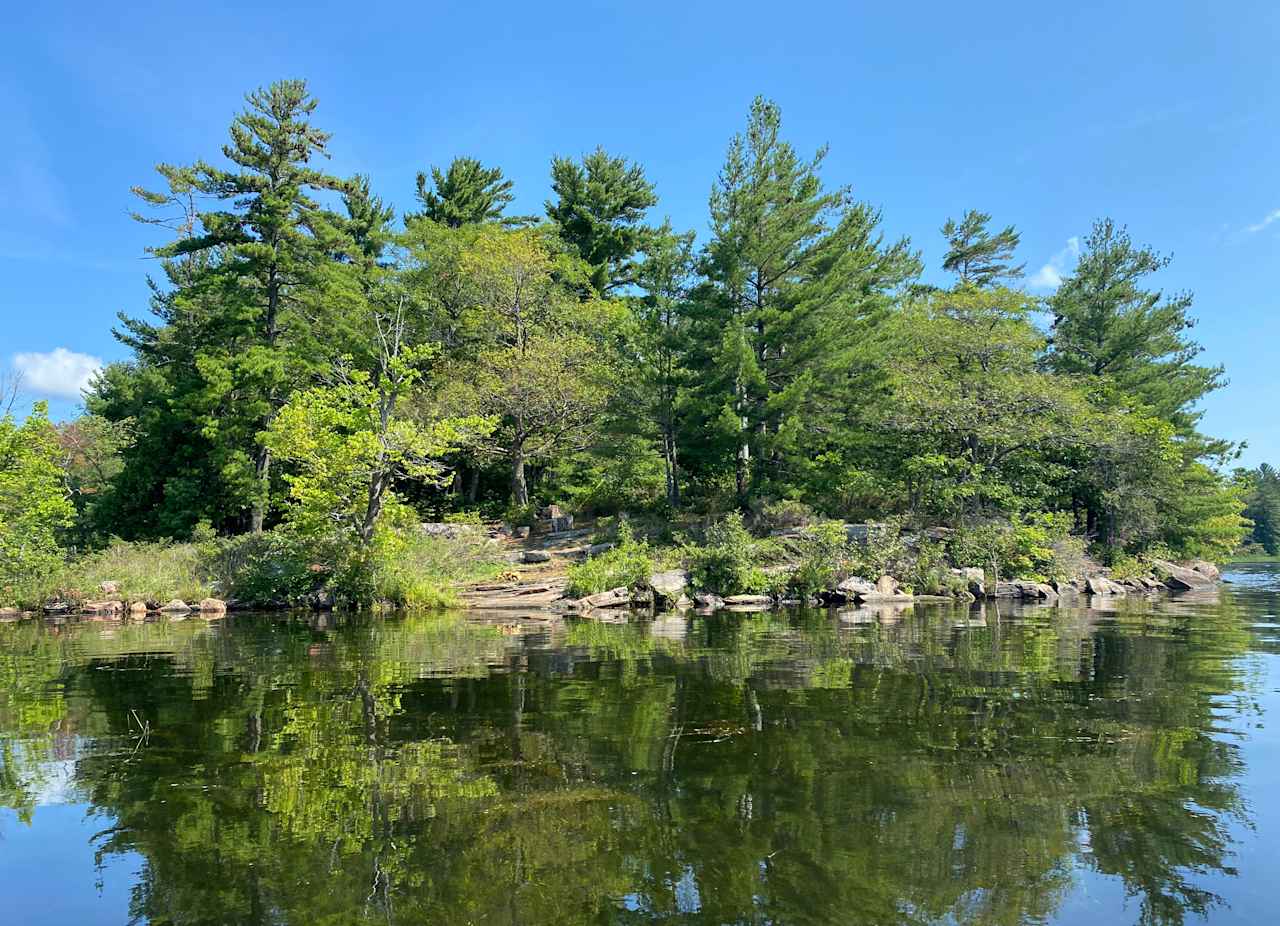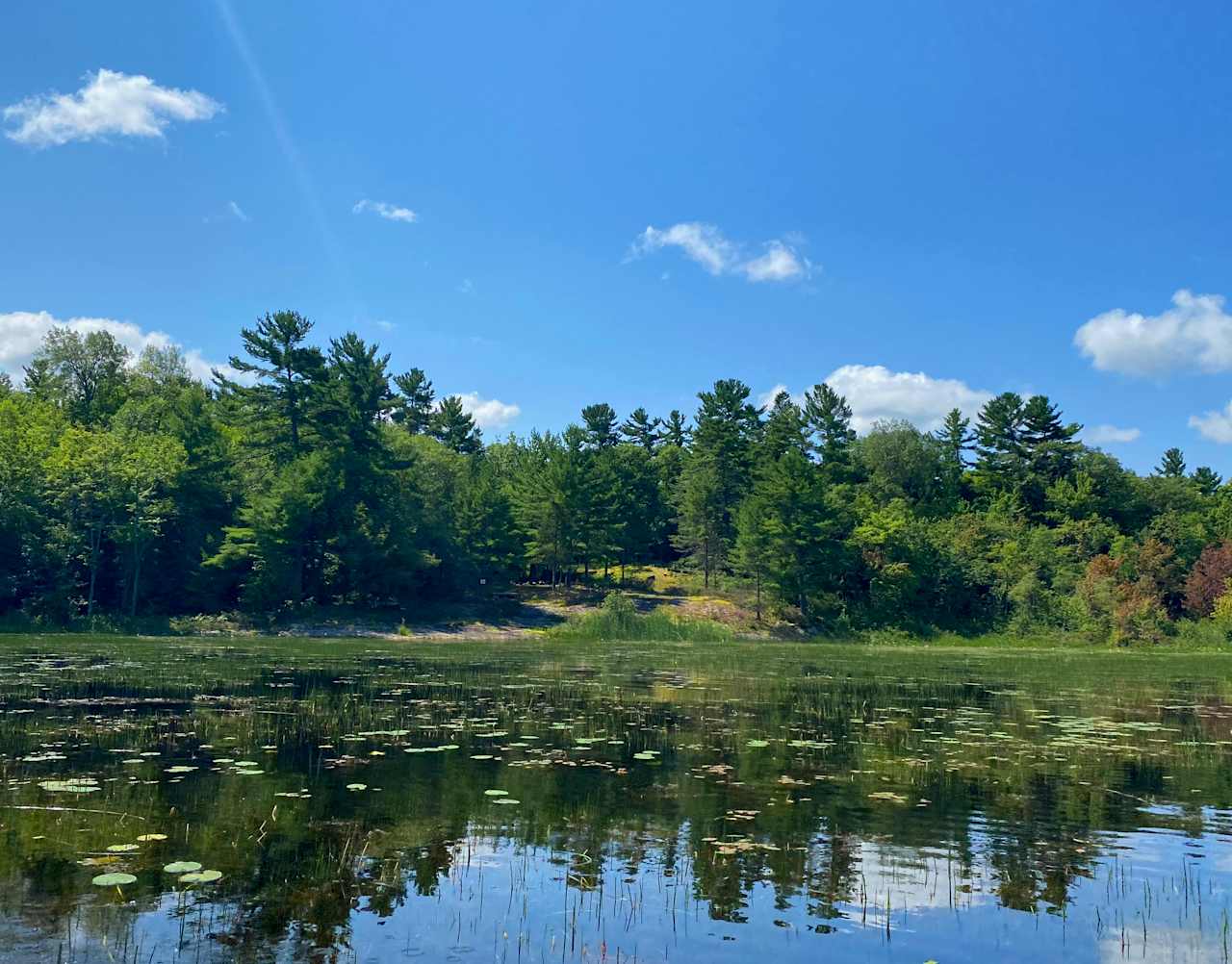The best camping near Mnjikaning Fish Weirs National Historic Site
Discover the most magical spots to pitch your tent or park your rig on your next Mnjikaning Fish Weirs National Historic Site adventure.
Discover the ancient Mnjikaning Fish Weirs amid Canada's natural beauty.
Popular ways to camp
Community favorites near Mnjikaning Fish Weirs National Historic Site
Top-rated campgrounds reviewed by the Hipcamp community.
Top-rated campgrounds near Mnjikaning Fish Weirs National Historic Site
The best camping near Mnjikaning Fish Weirs National Historic Site guide
Overview
About
Mnjikaning Fish Weirs National Historic Site is located on portions of the bottom of the Narrows between Lakes Simcoe and Couchiching, a part of the Trent-Severn Waterway. This includes the navigable marked channel, the old channel that runs to the northeast and marshland surrounding these channels. The constriction of the Narrows allows fish to be caught as they move between the lakes, and the shallowness of the channel permits wooden weirs to be built there. The channel today is divided in two: the original channel curves to the northeast, and the navigation channel runs straight to the north. The navigation channel was first dredged in 1856-57, and dredging has also taken place in the original channel south of the junction. A linear island has been created along the eastern side of the navigation channel. A causeway for an old Canadian Pacific Railway bed runs across the north end of the narrows. Marshland lies in between these channels, and also east of the old channel. A third channel seems to have existed in the past, curving to the west of the navigation channel and it has been largely filled in by modern development. The official recognition refers to the location of the weirs underwater in the channel between the two lakes. To find out more about this place, visit www.HistoricPlaces.ca.
When to go
The Mnjikaning Fish Weirs National Historic Site is accessible year-round, offering distinct experiences with each season. Summer and fall are ideal for warm weather explorations and witnessing the lush greenery and vibrant foliage. Winter provides a serene, frosty landscape, perfect for those who appreciate the quiet beauty of a snowy scene. Spring's thaw brings new life, making it a time of renewal and fresh discovery.
Know before you go
- Ensure you check the weather forecast before your visit, as conditions can change rapidly.
- Wear appropriate footwear for walking along the shoreline and exploring the marshlands.
- Respect the historic nature of the site and avoid disturbing the weirs and natural habitat.
- There are no camping facilities on-site, but the area is open for day visits.
- Contact the site in advance at 1-888-773-8888 for any inquiries about accessibility or special events.
Top parks near Mnjikaning Fish Weirs National Historic Site
- Mnjikaning Fish Weirs National Historic Site
